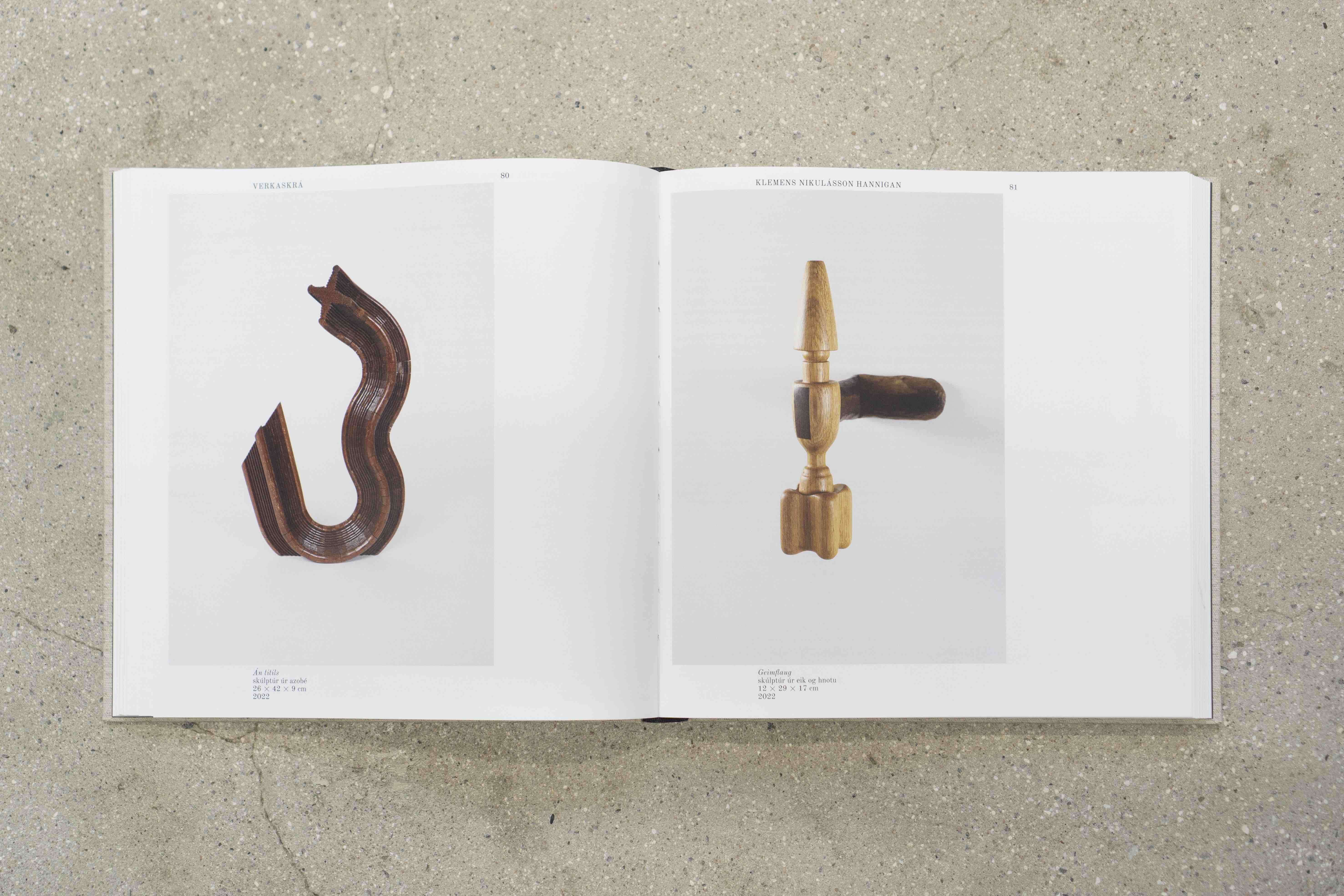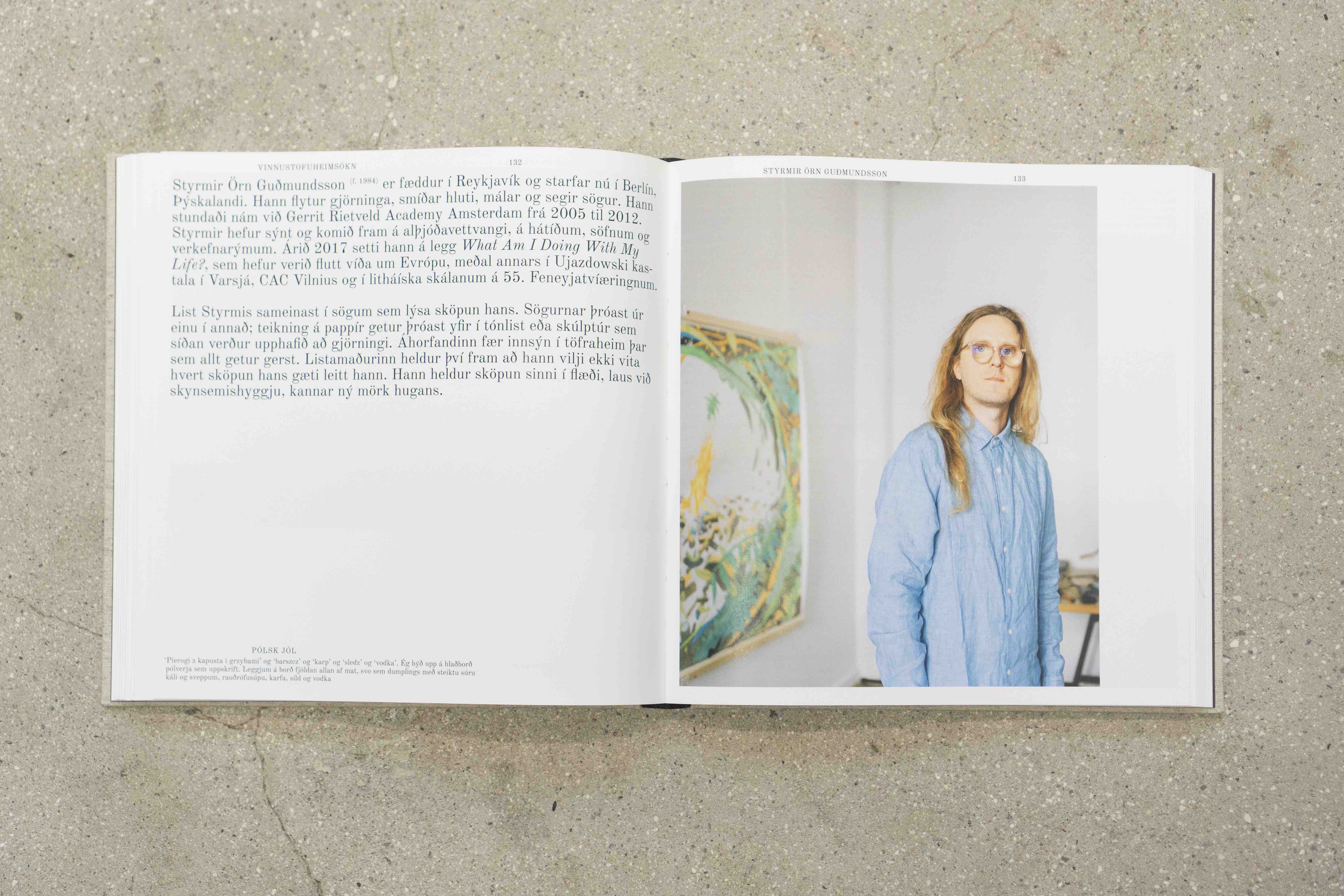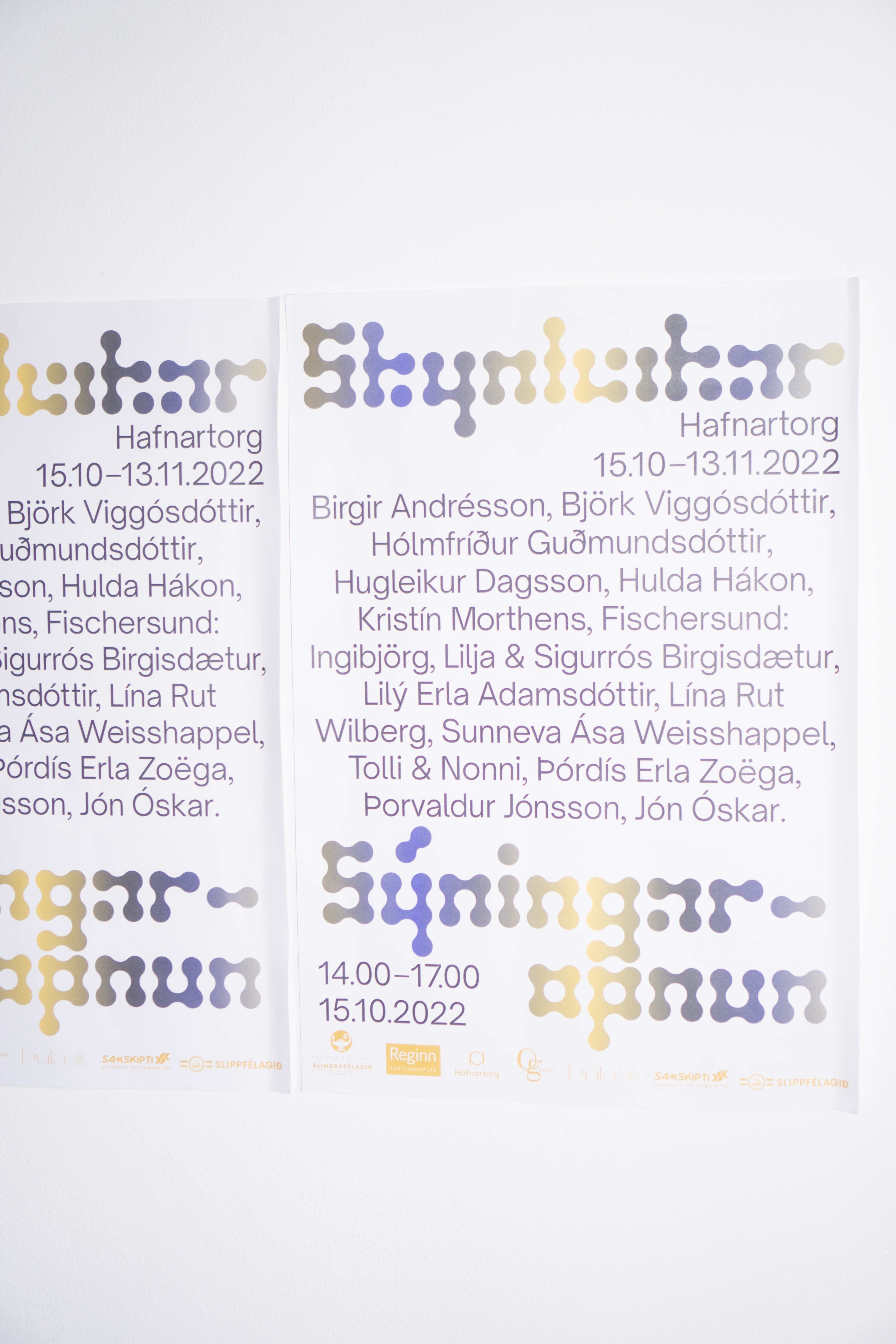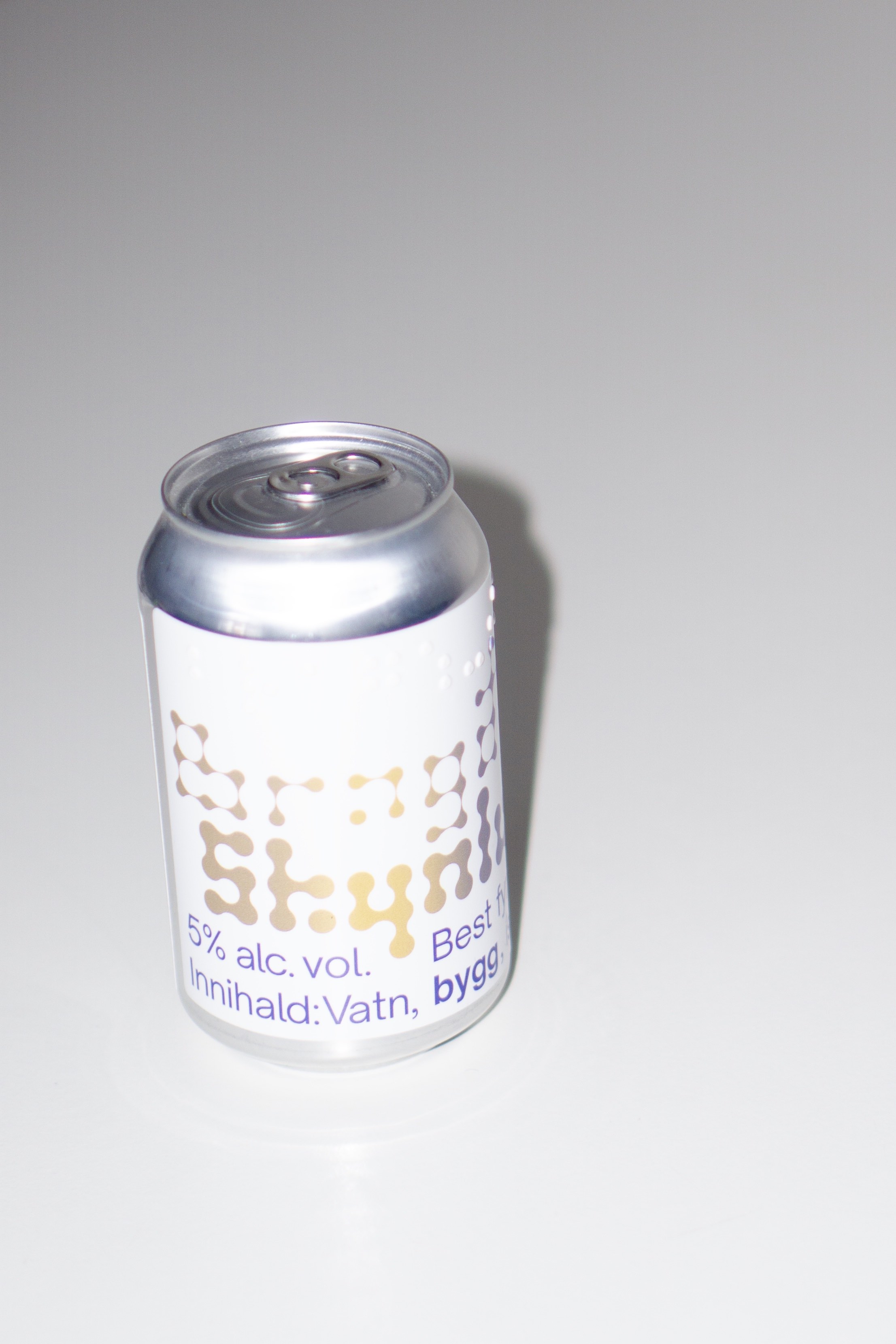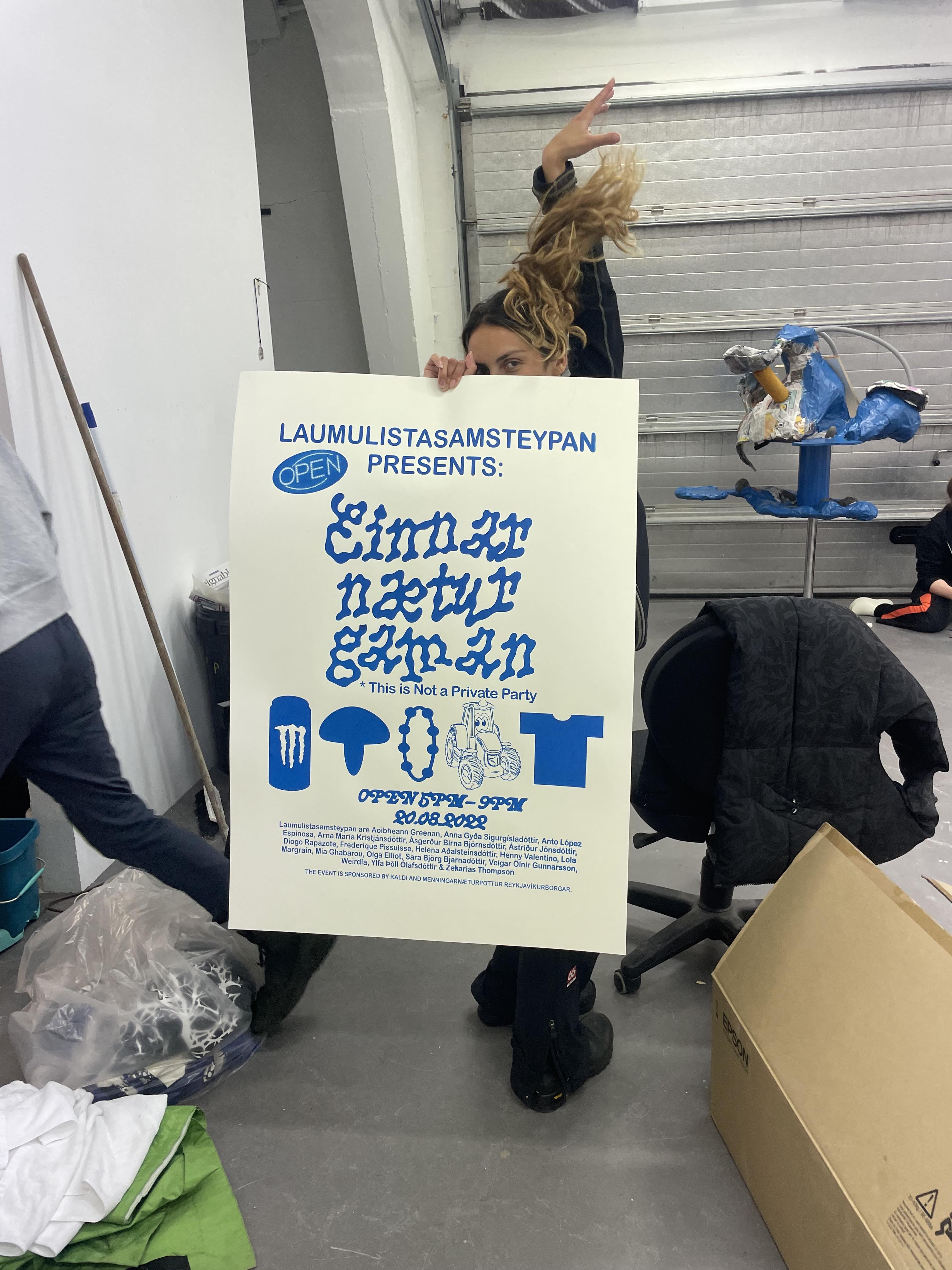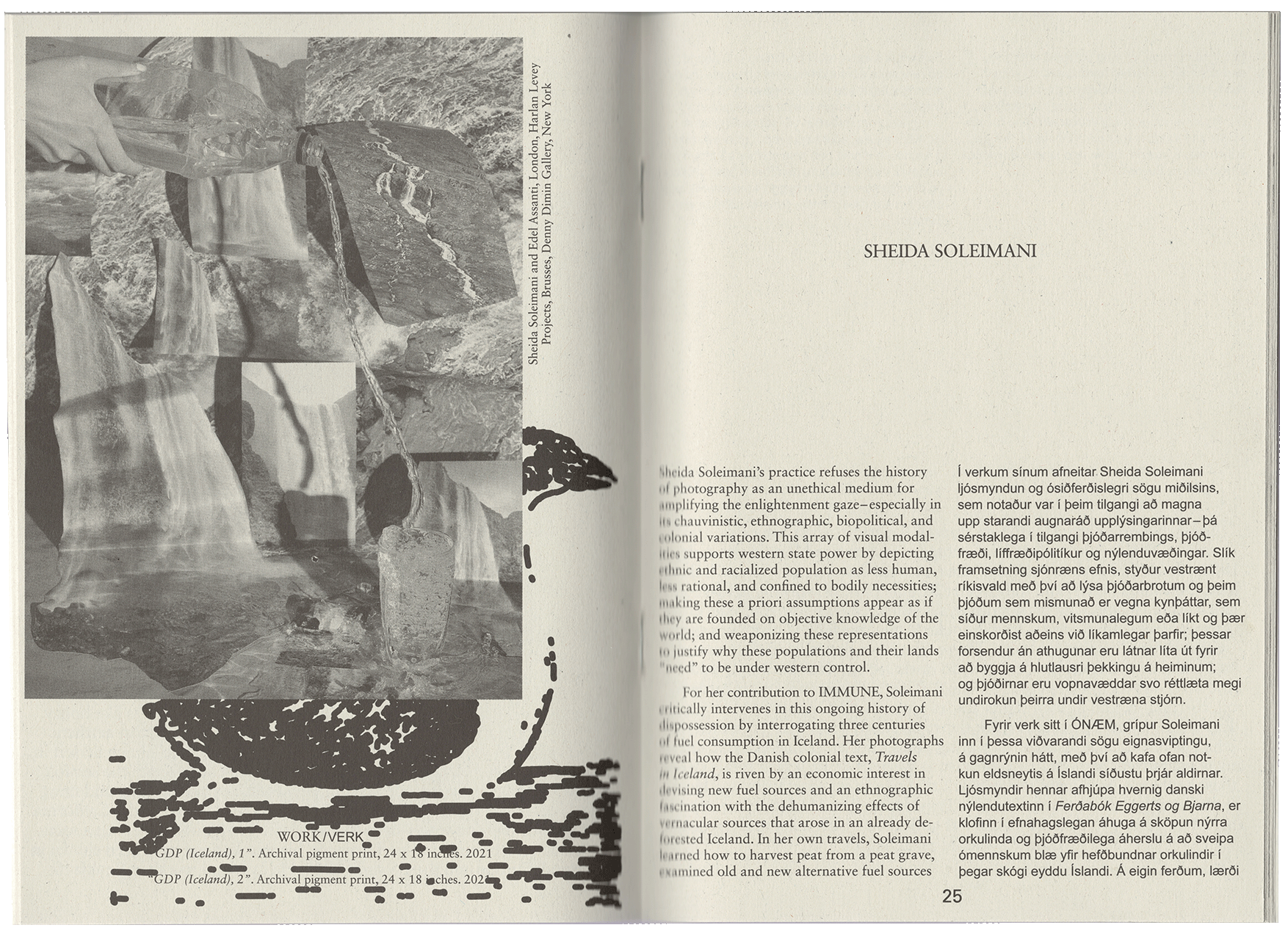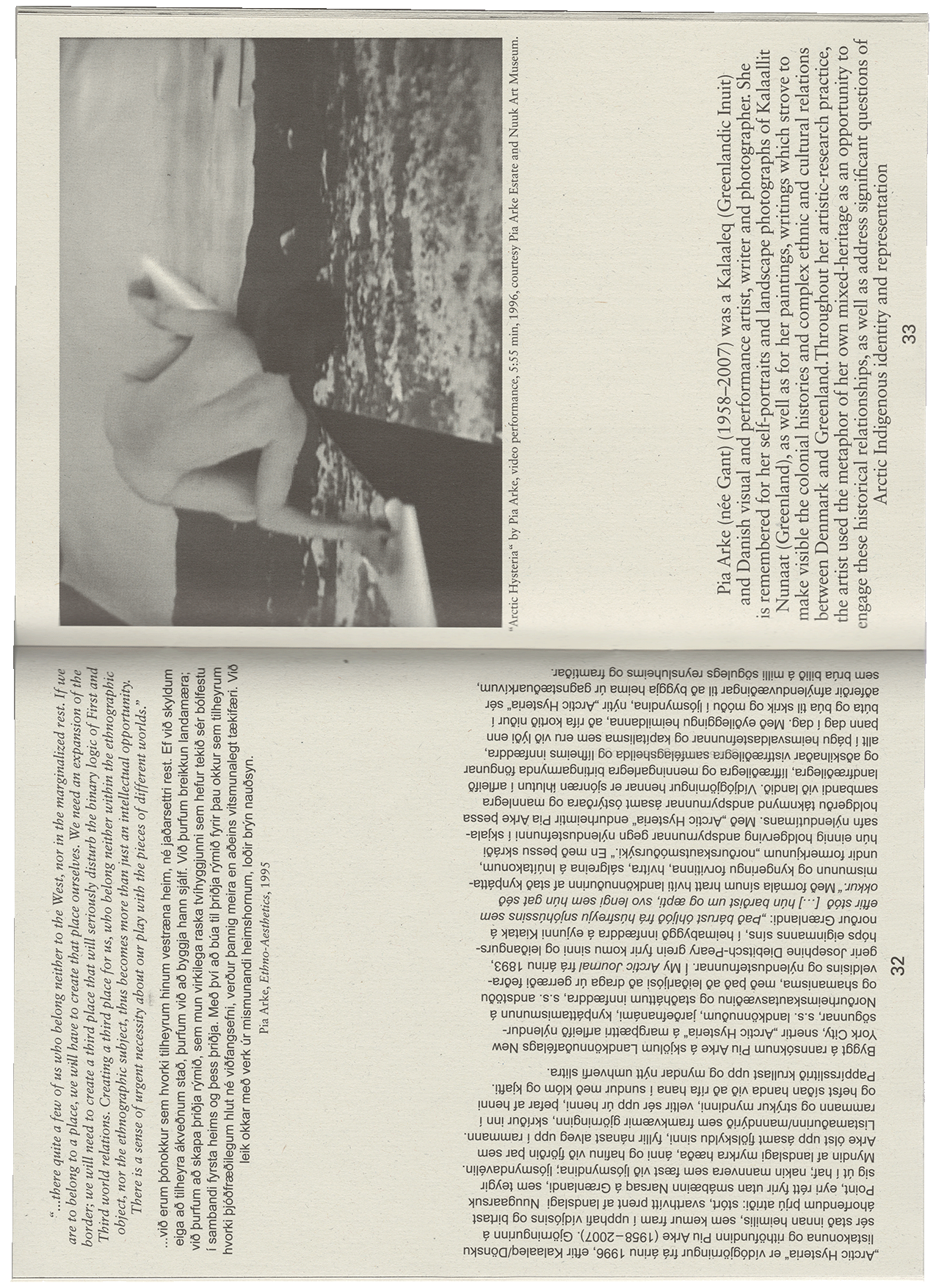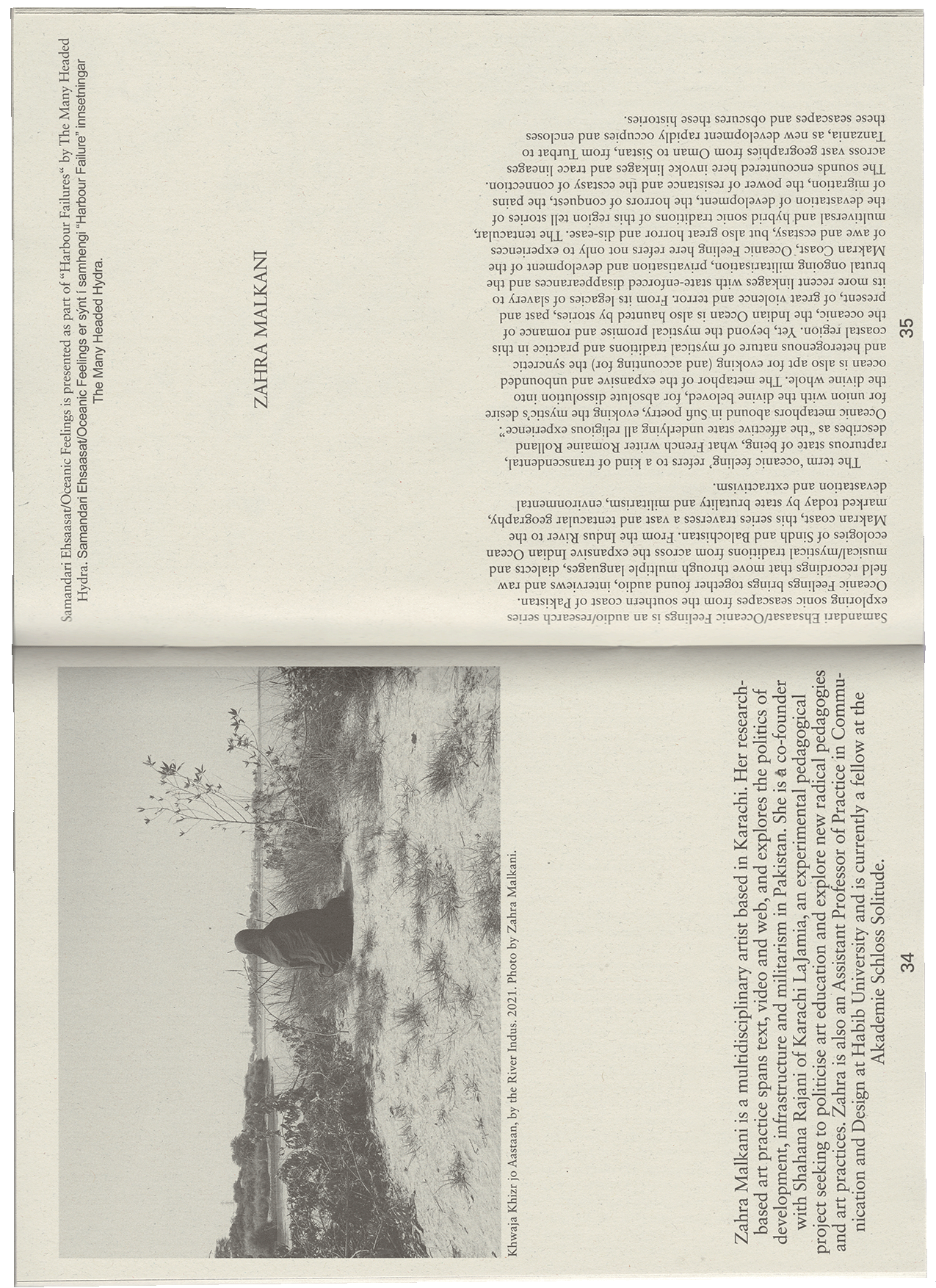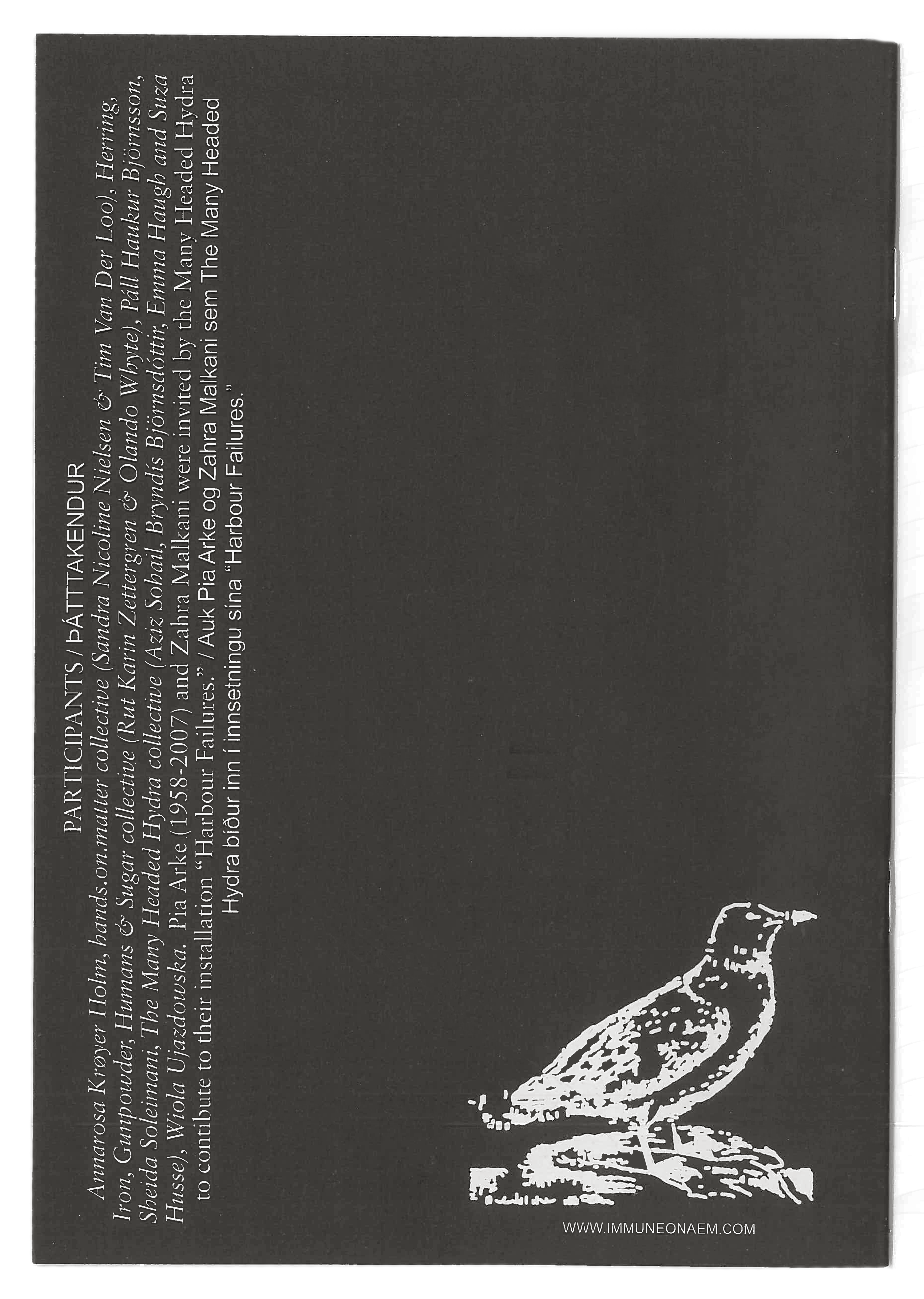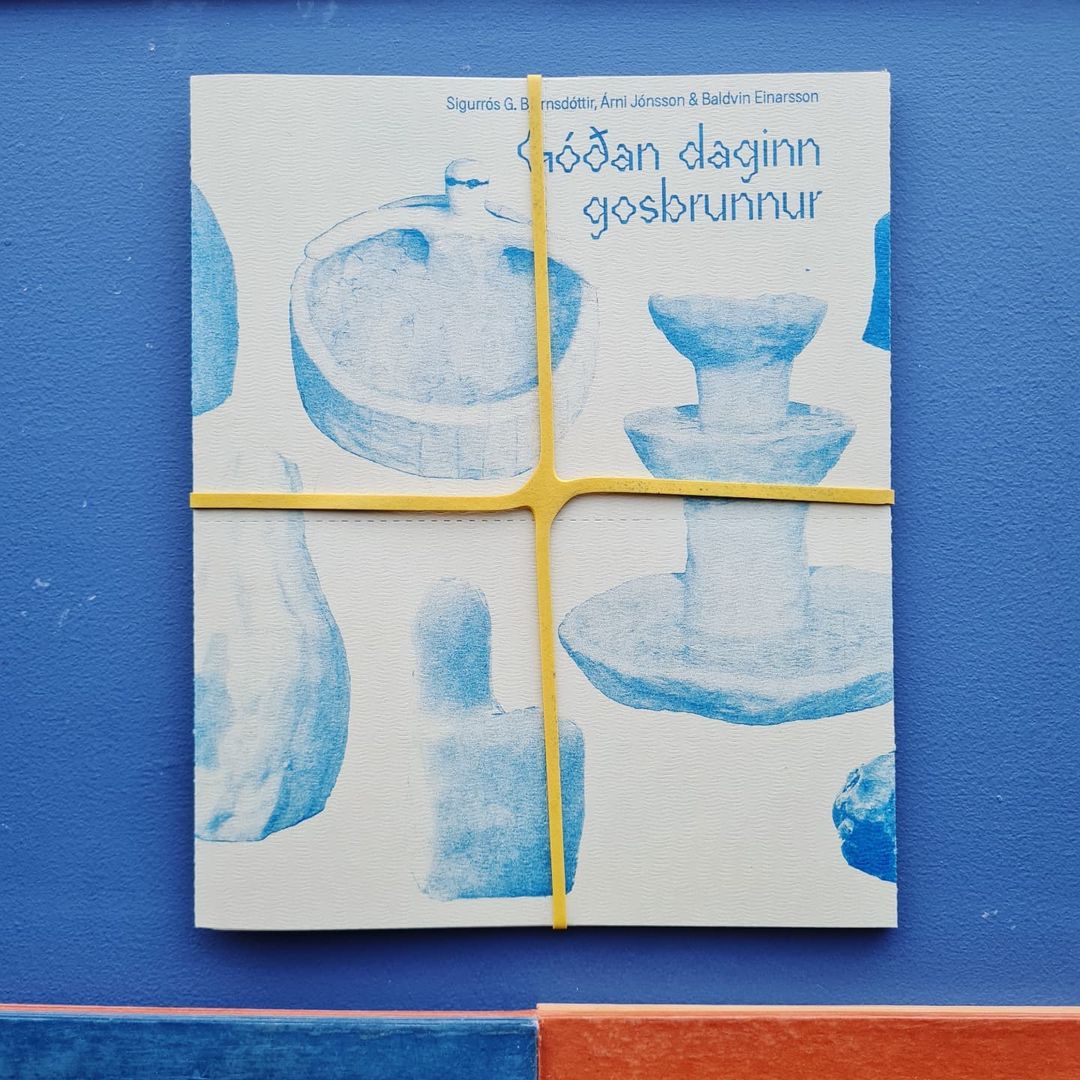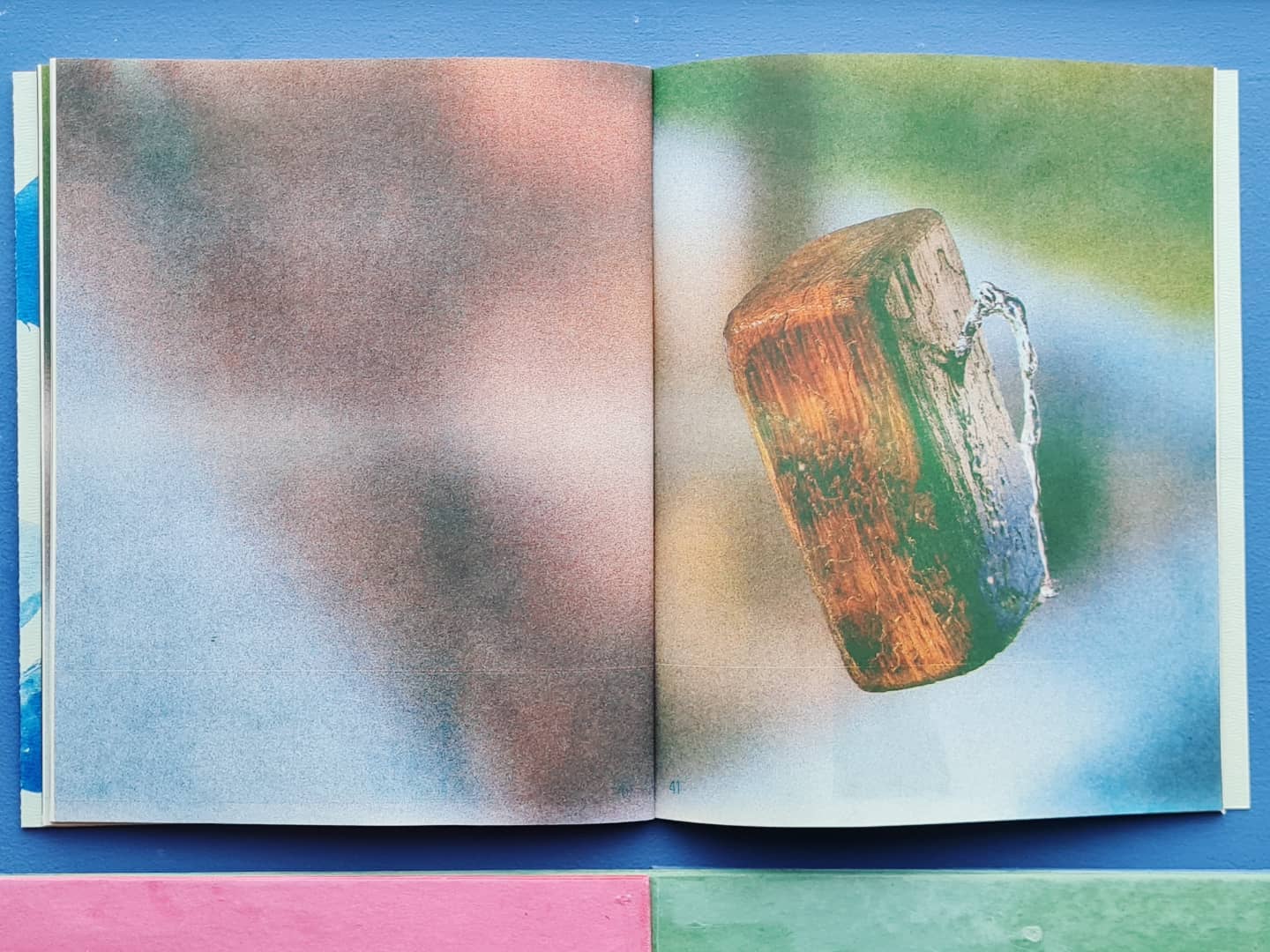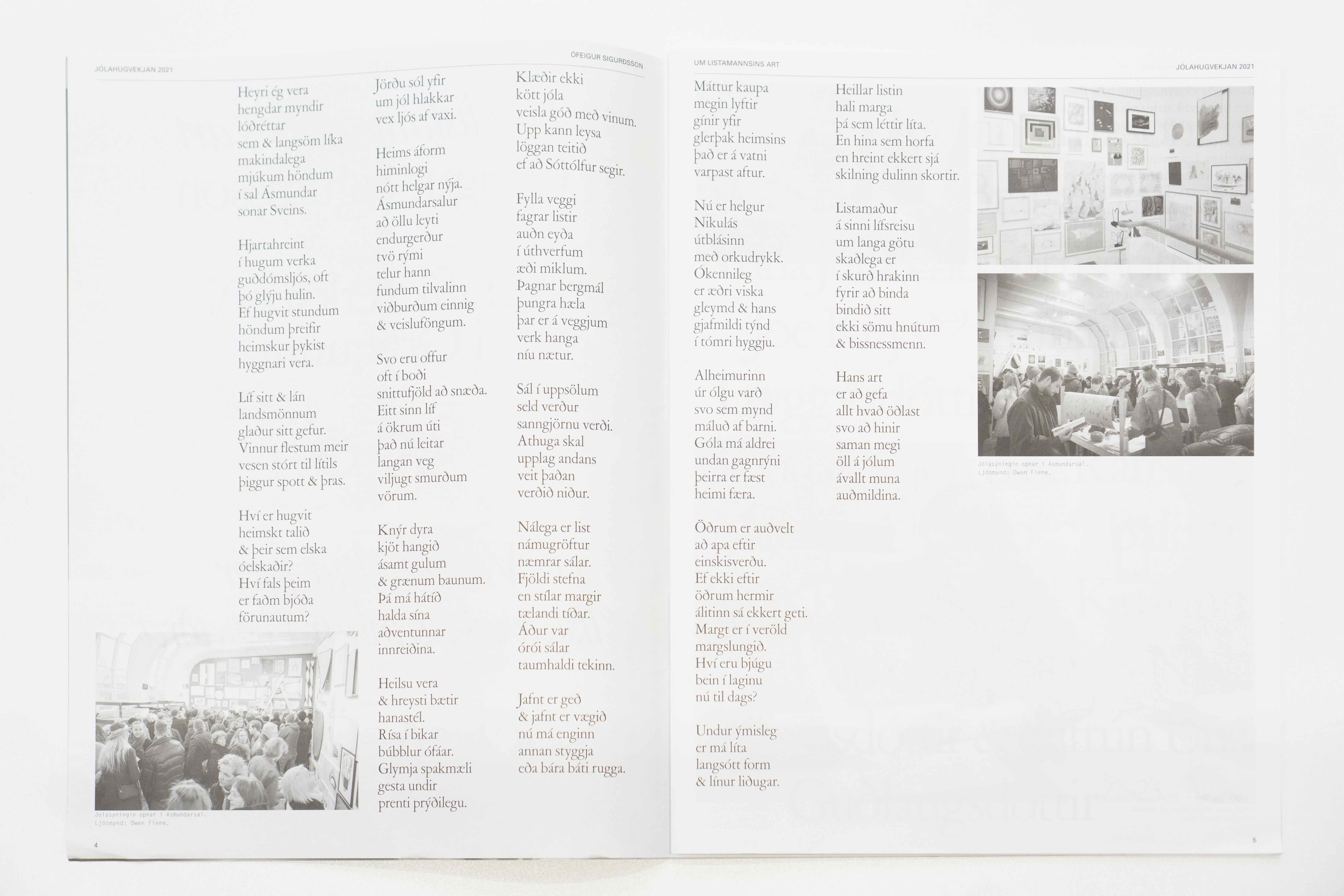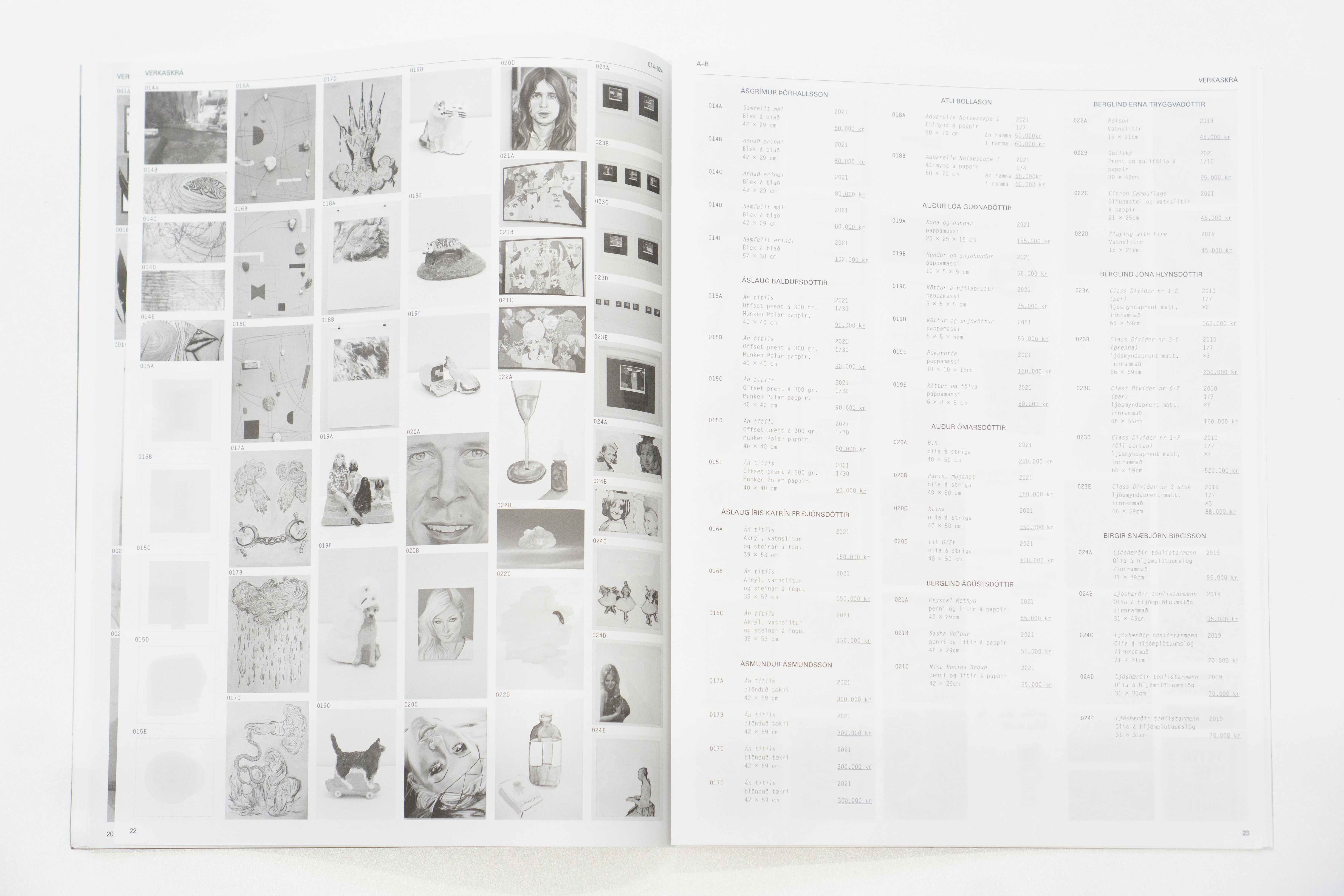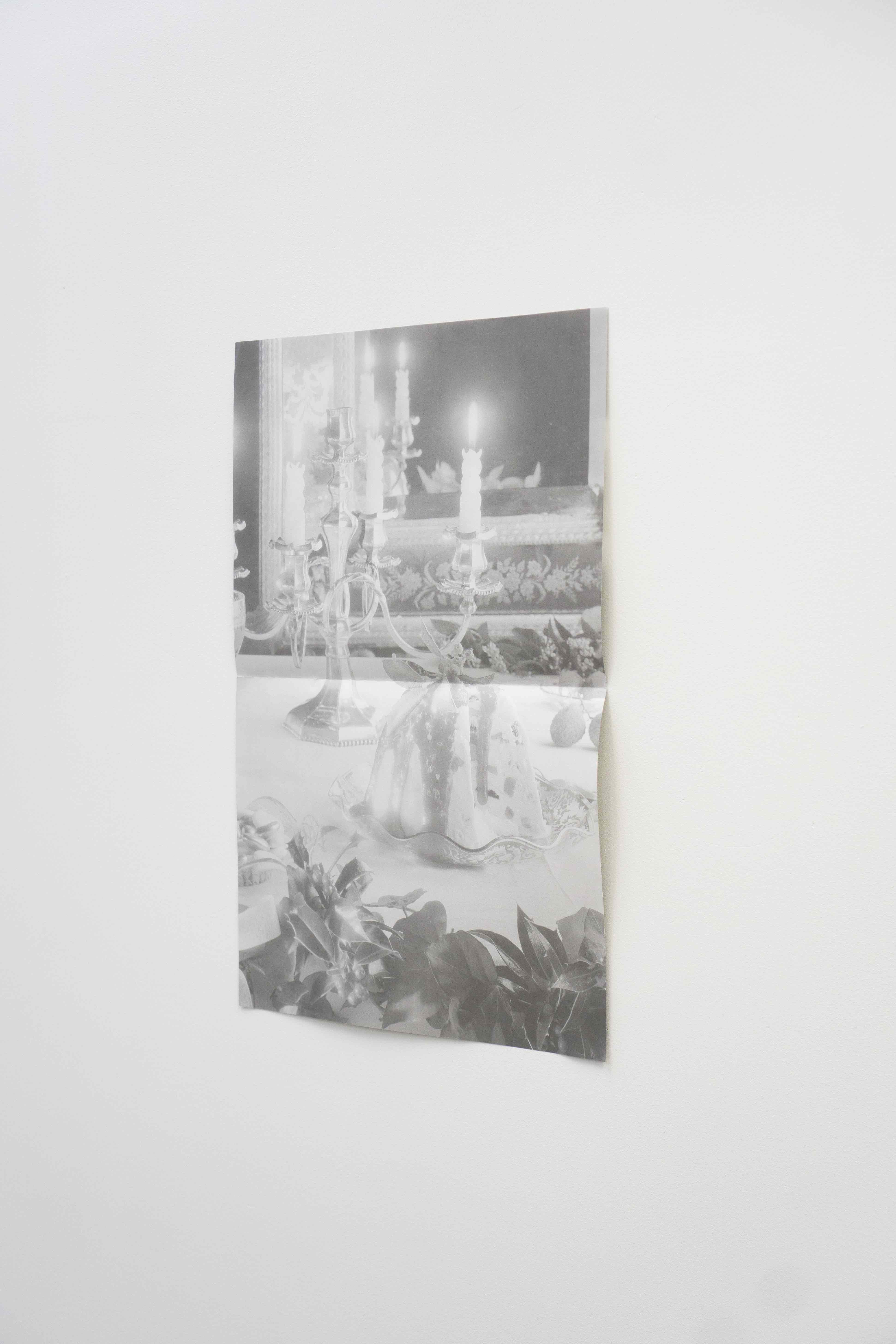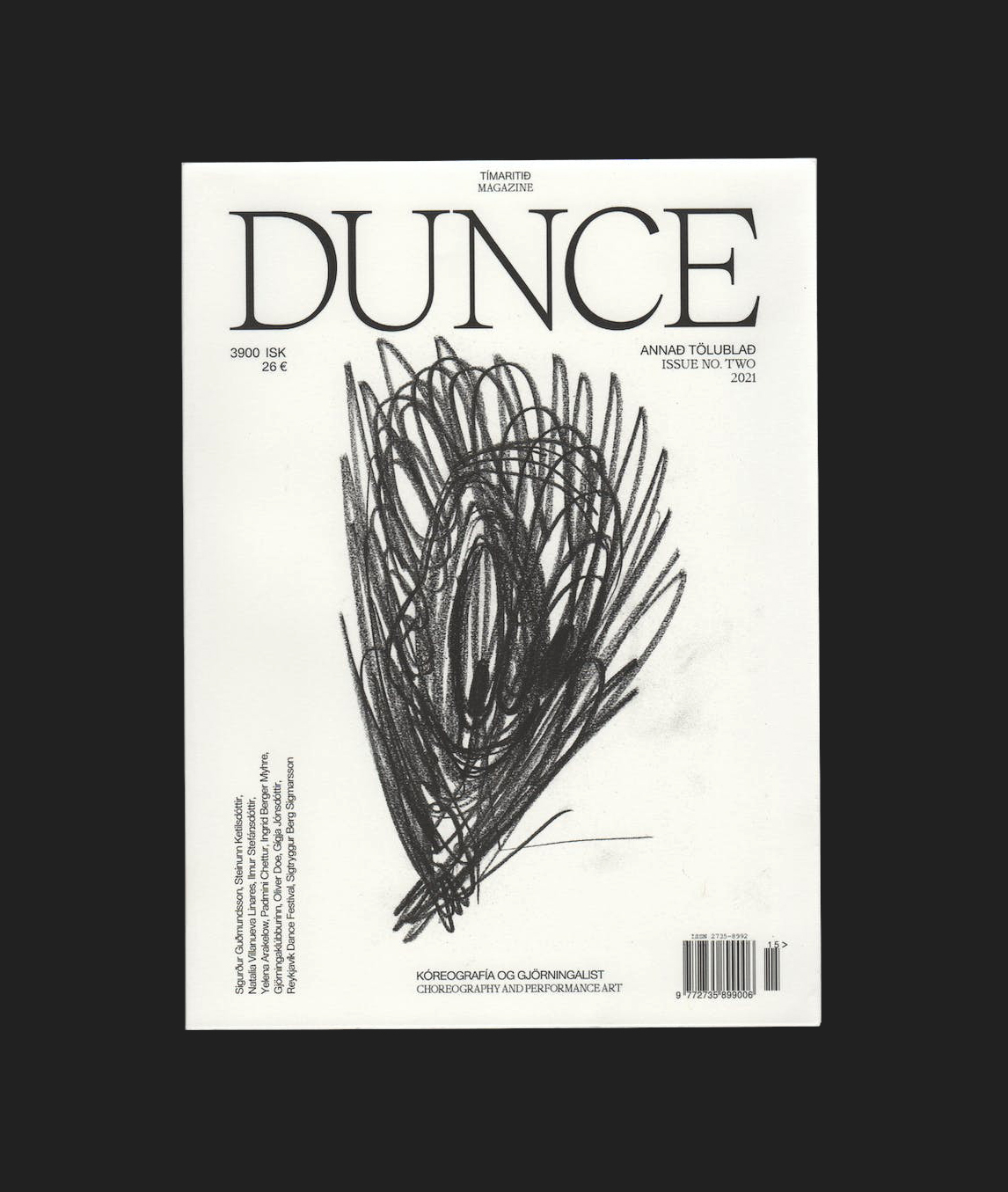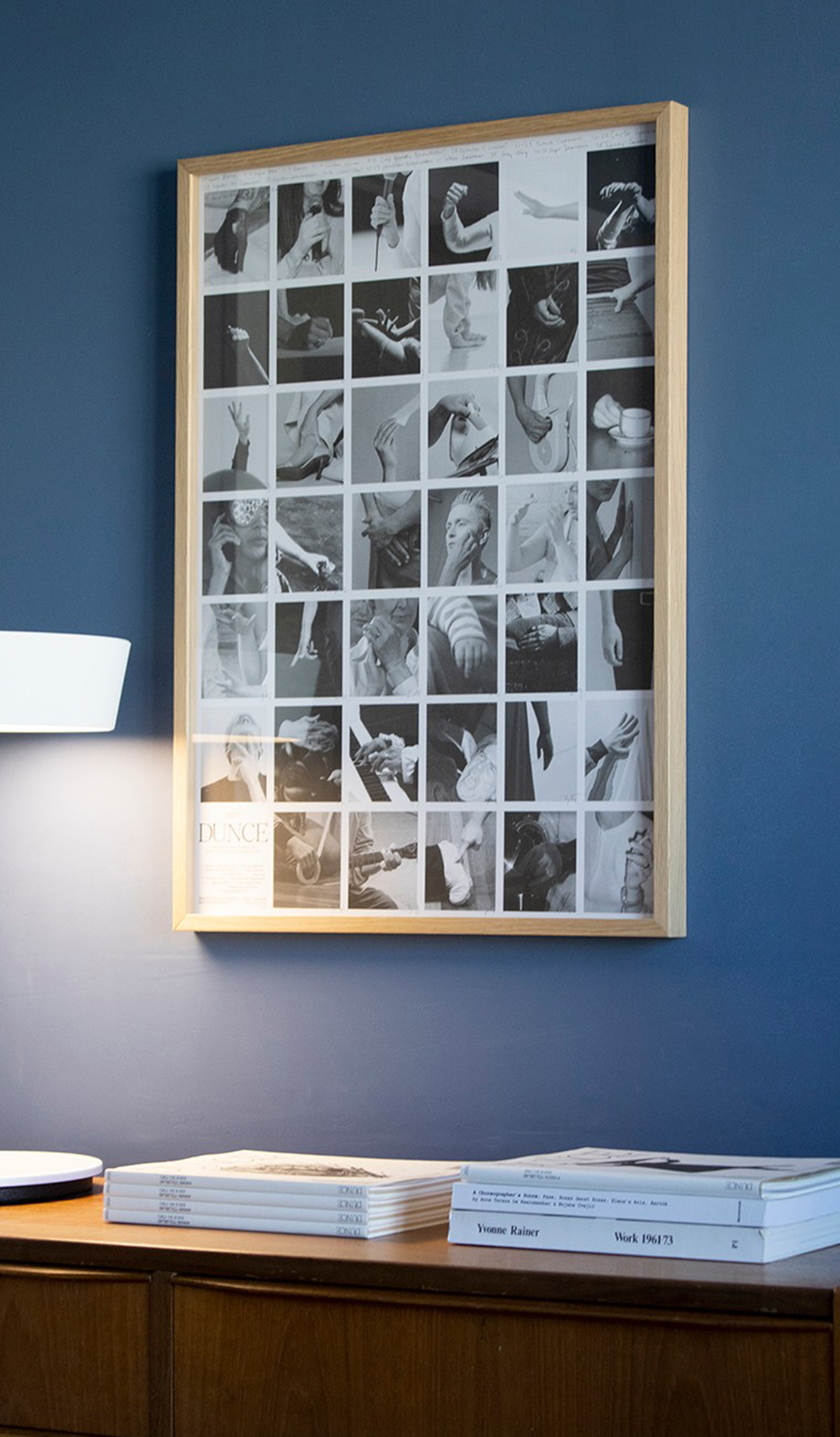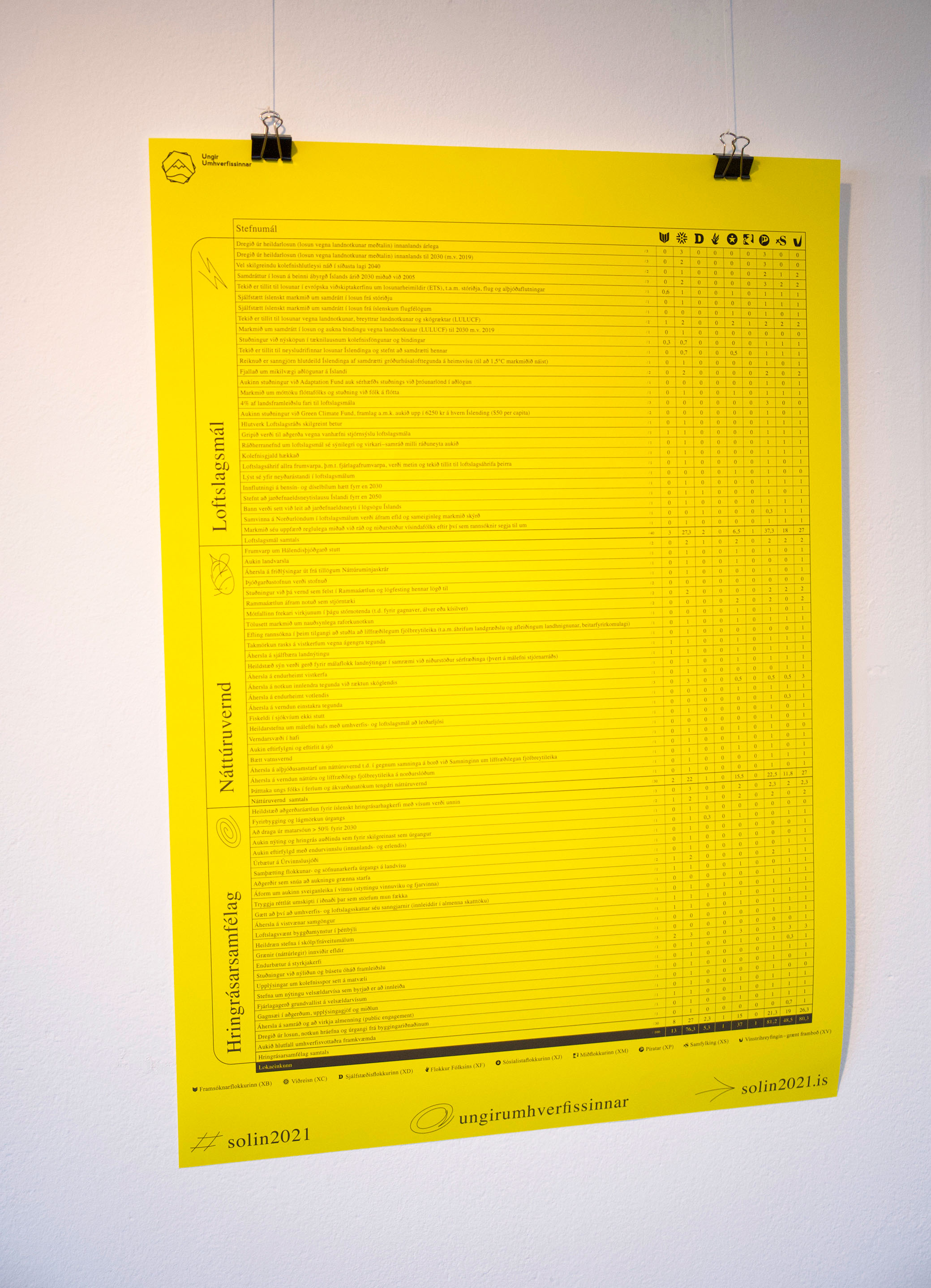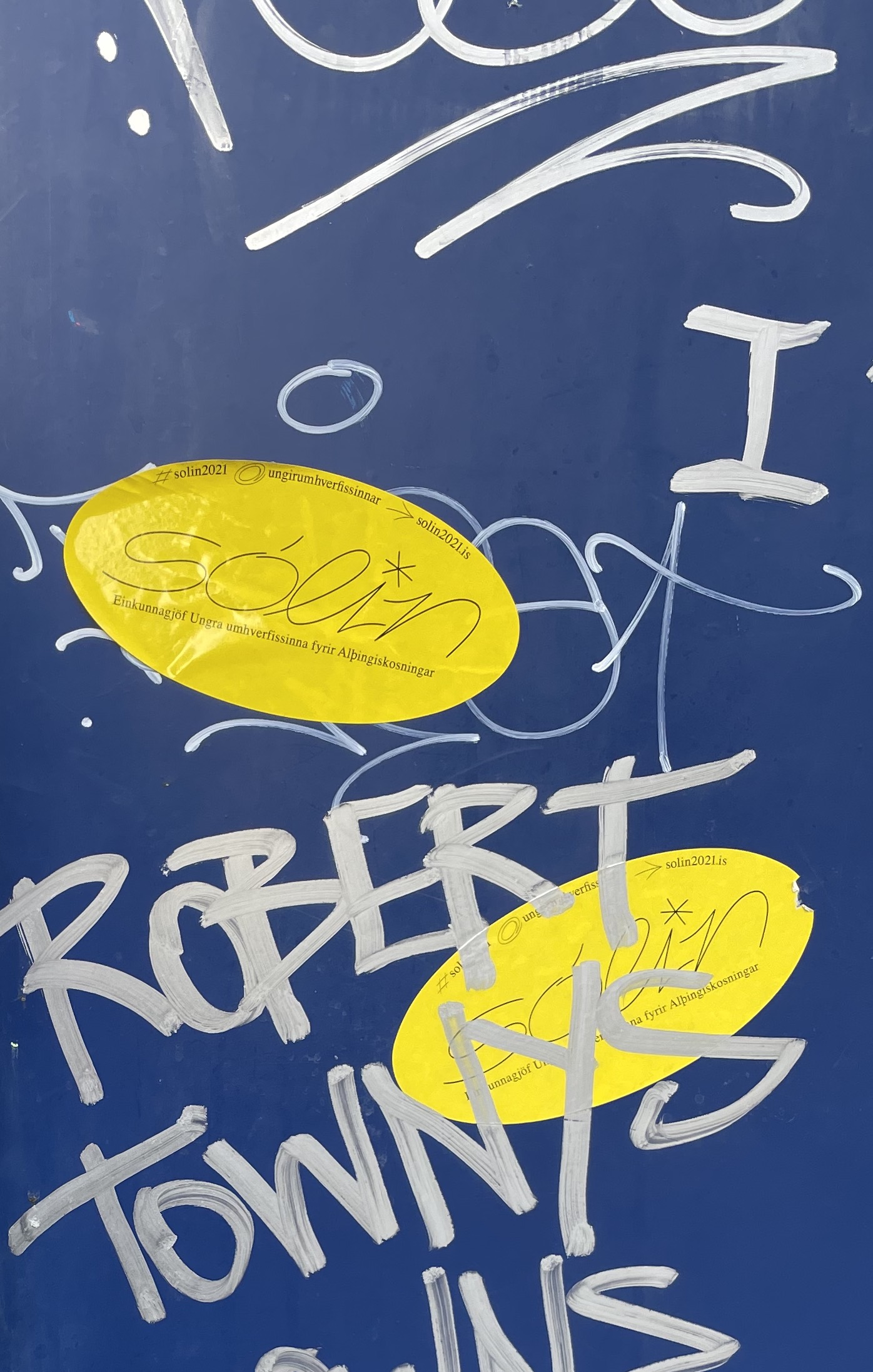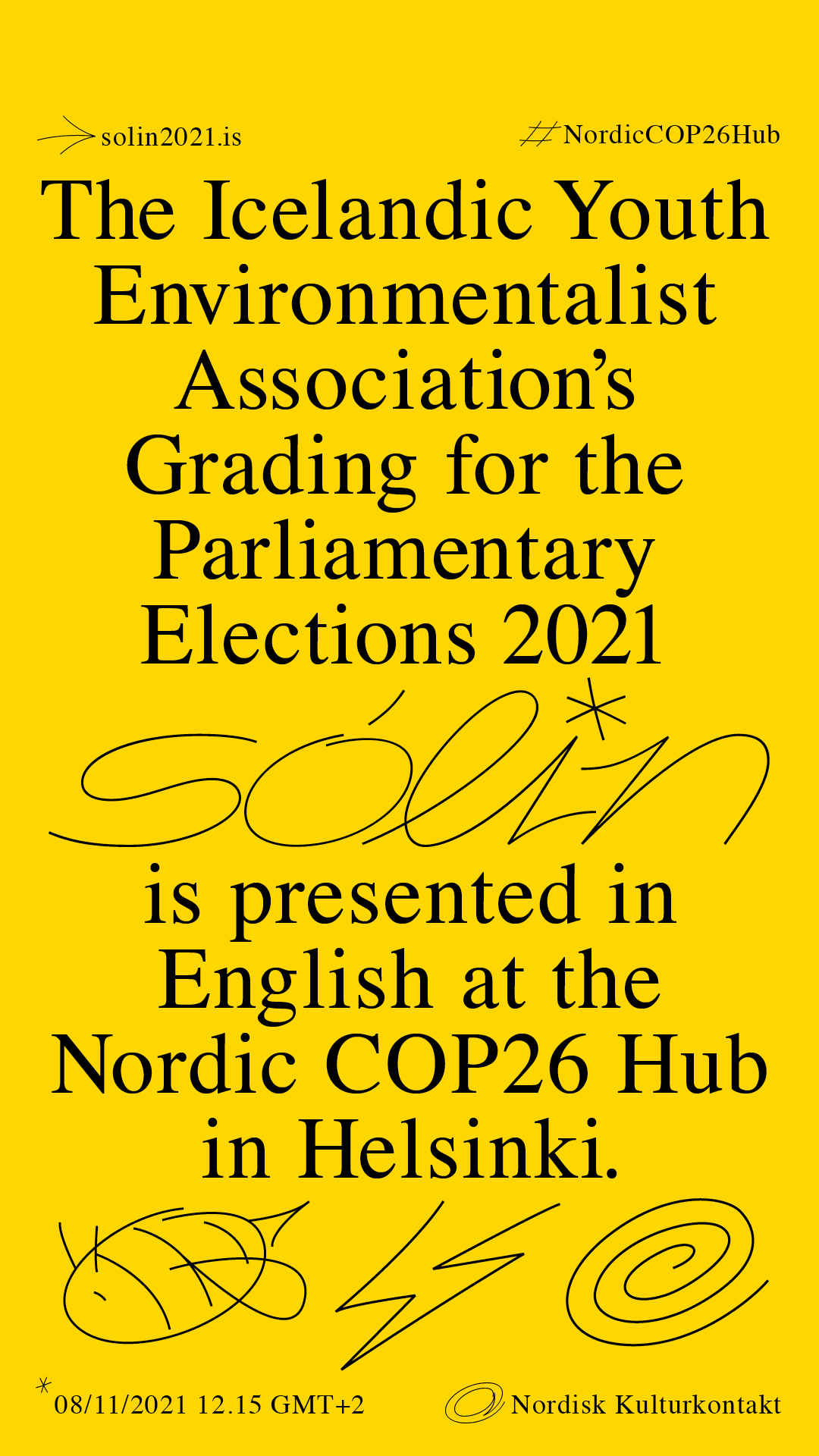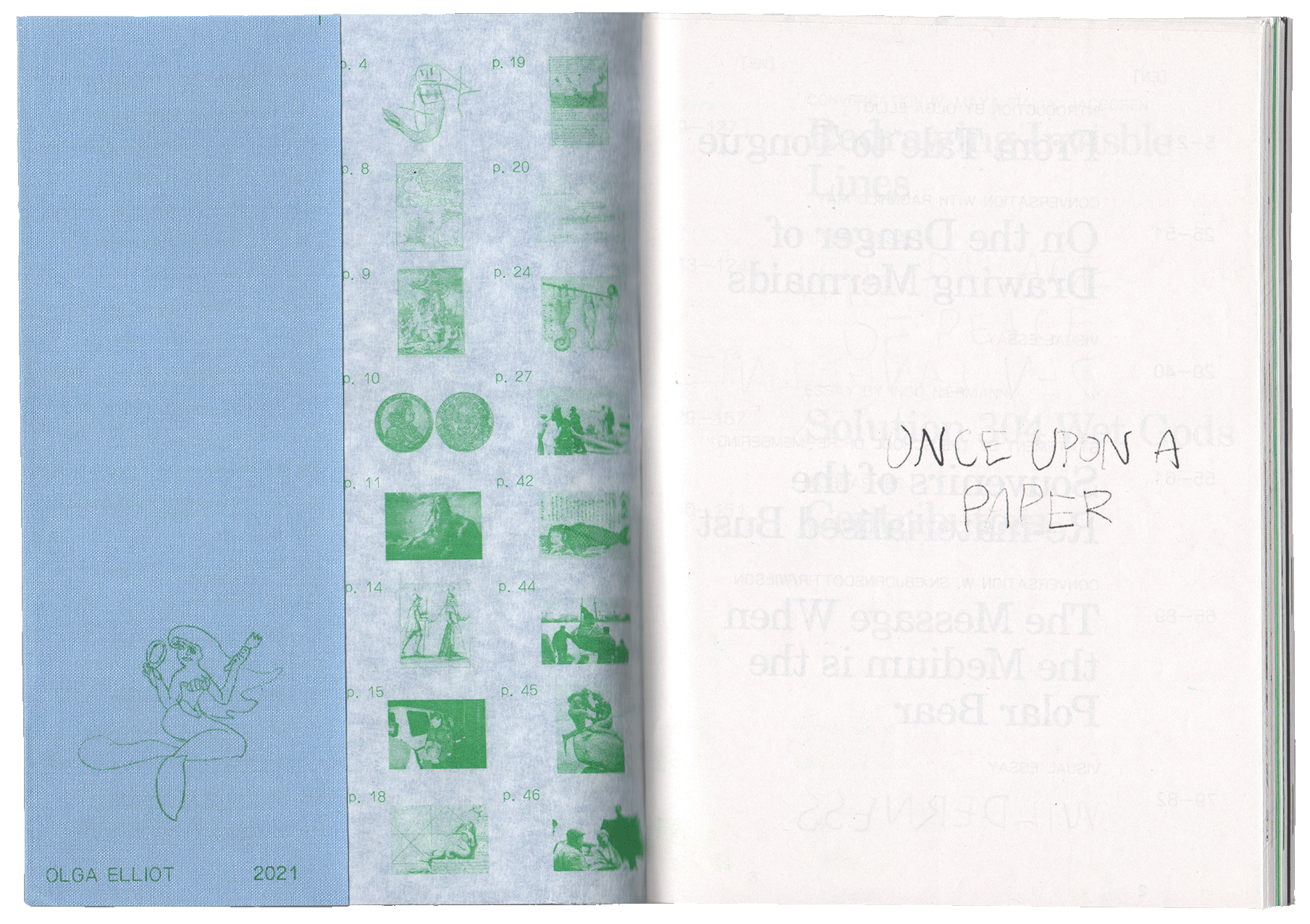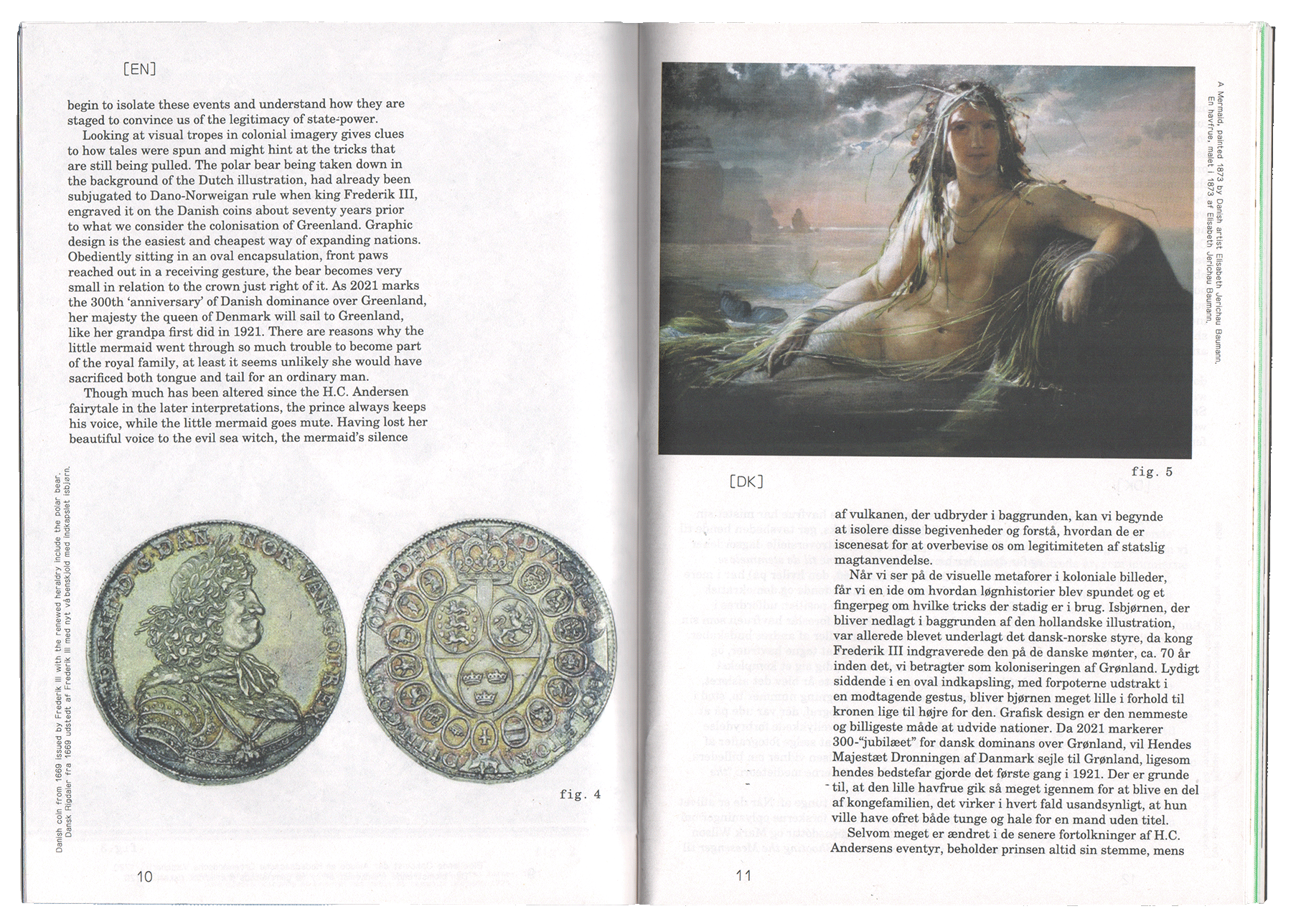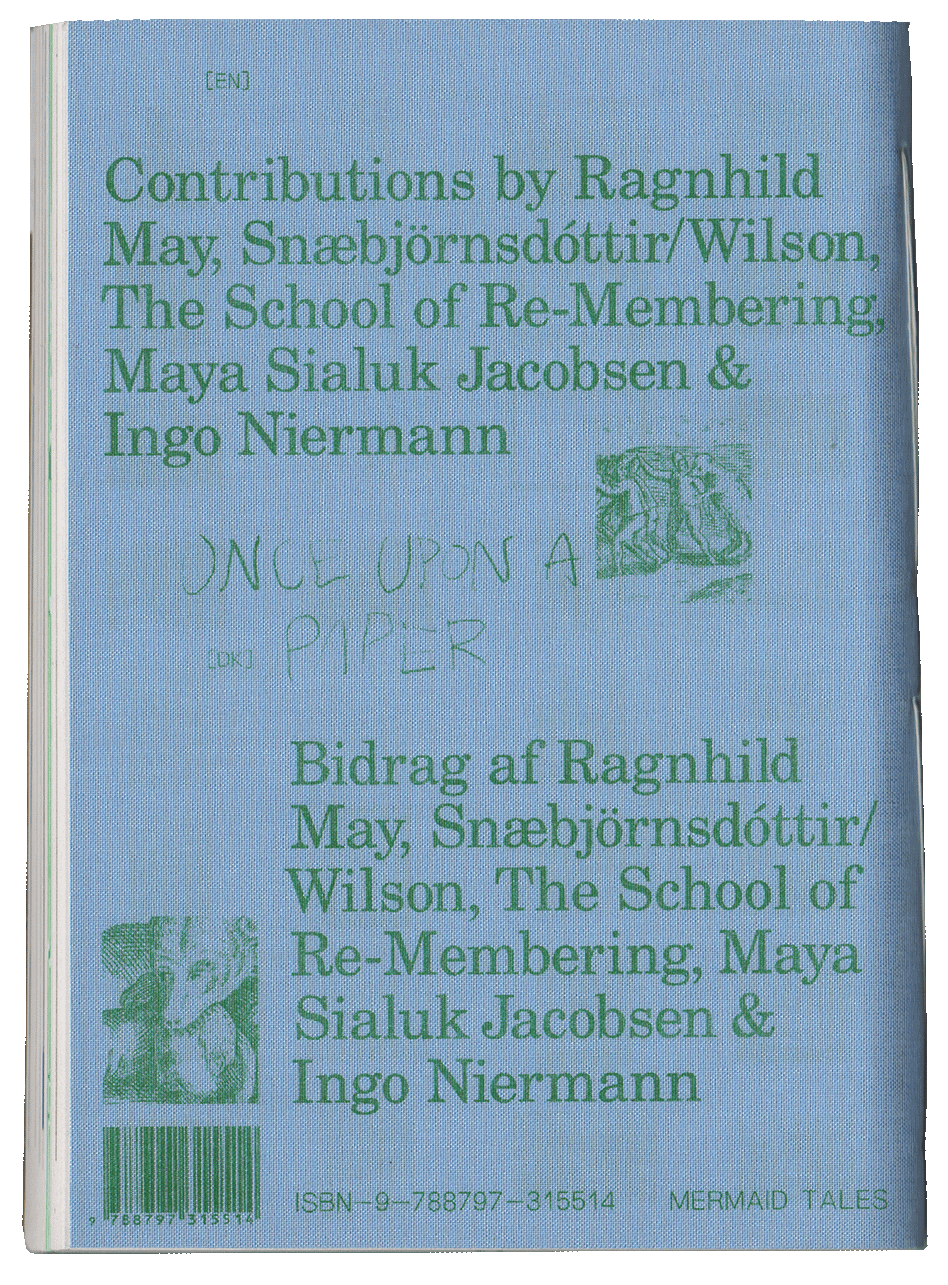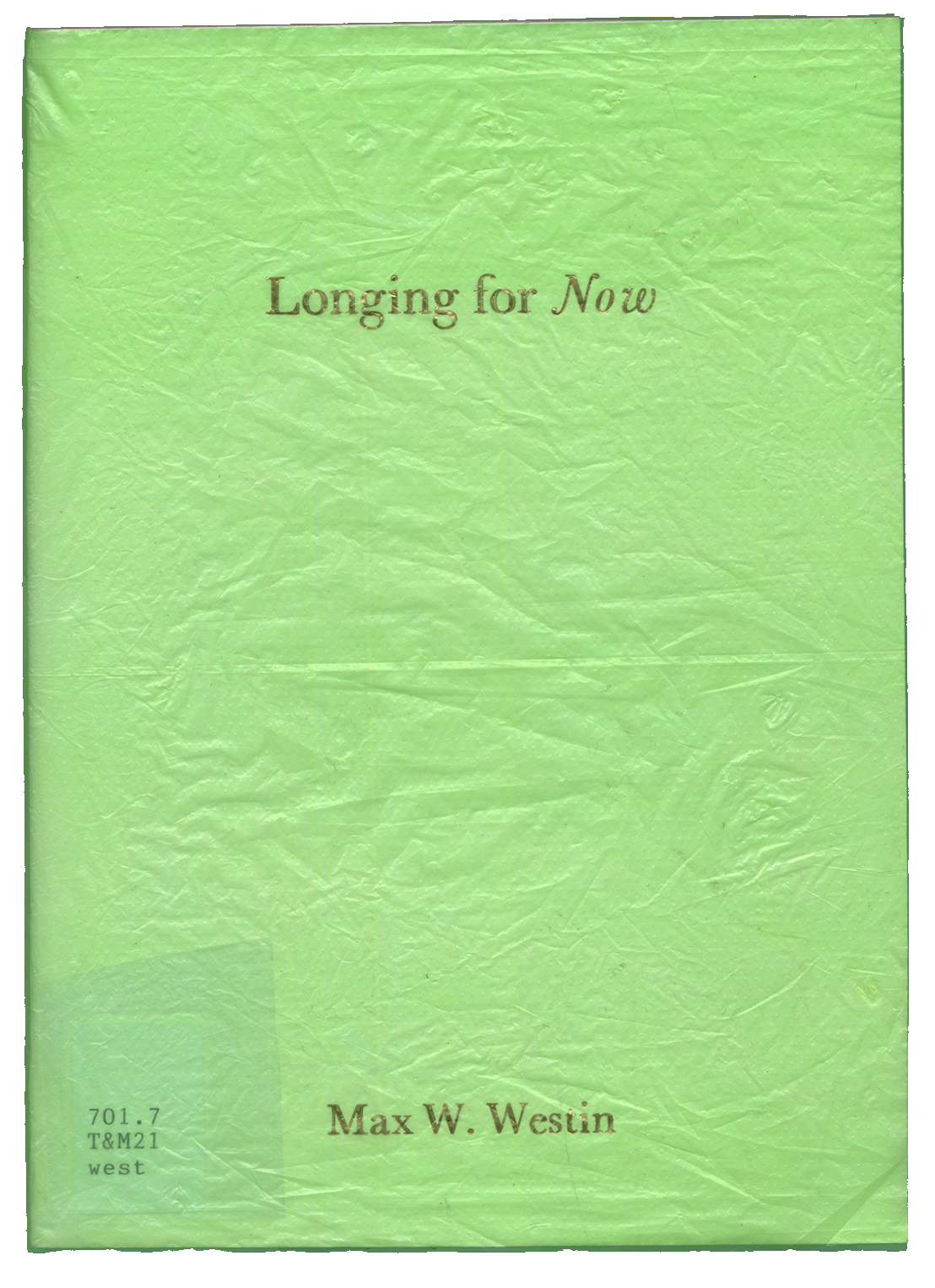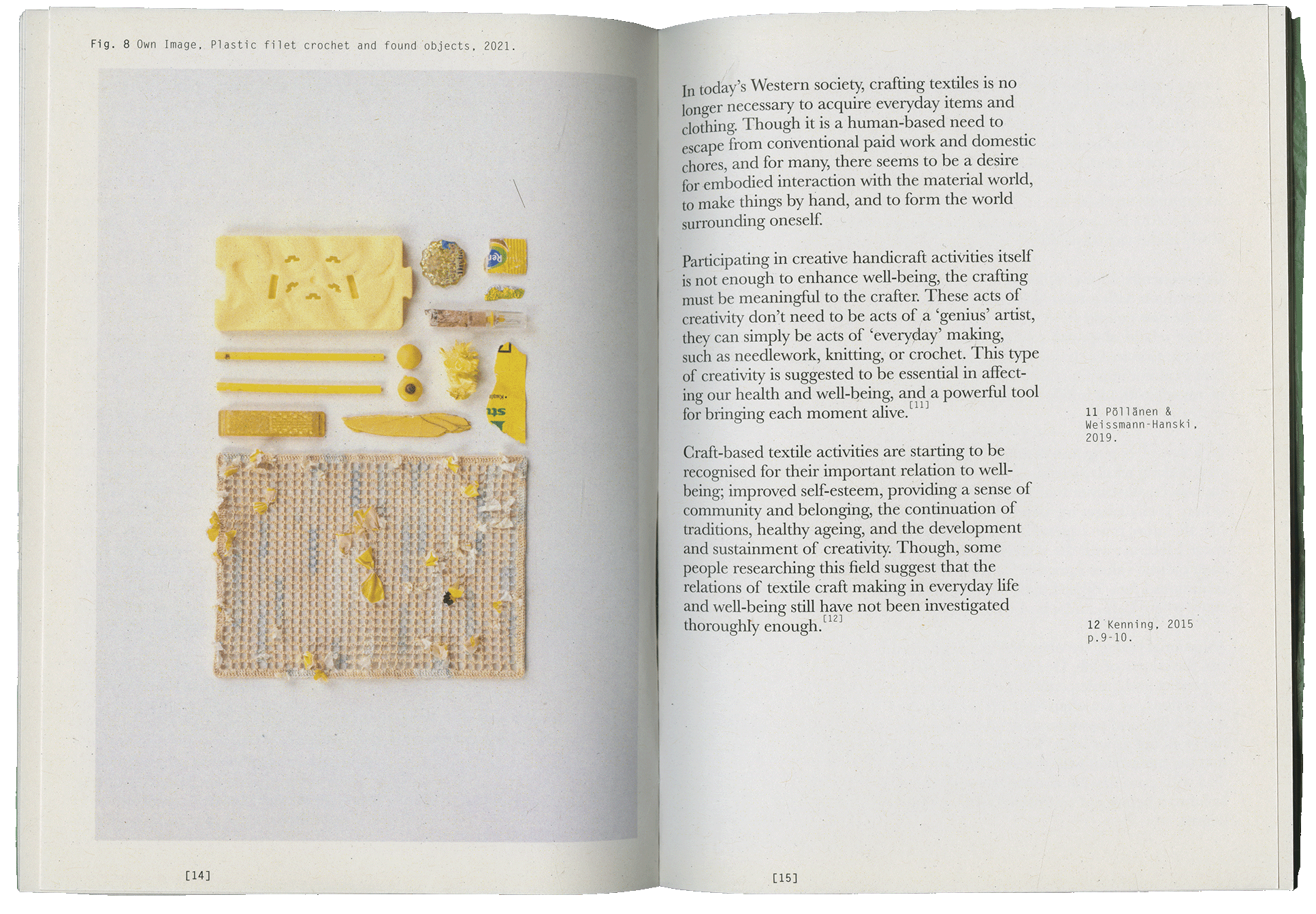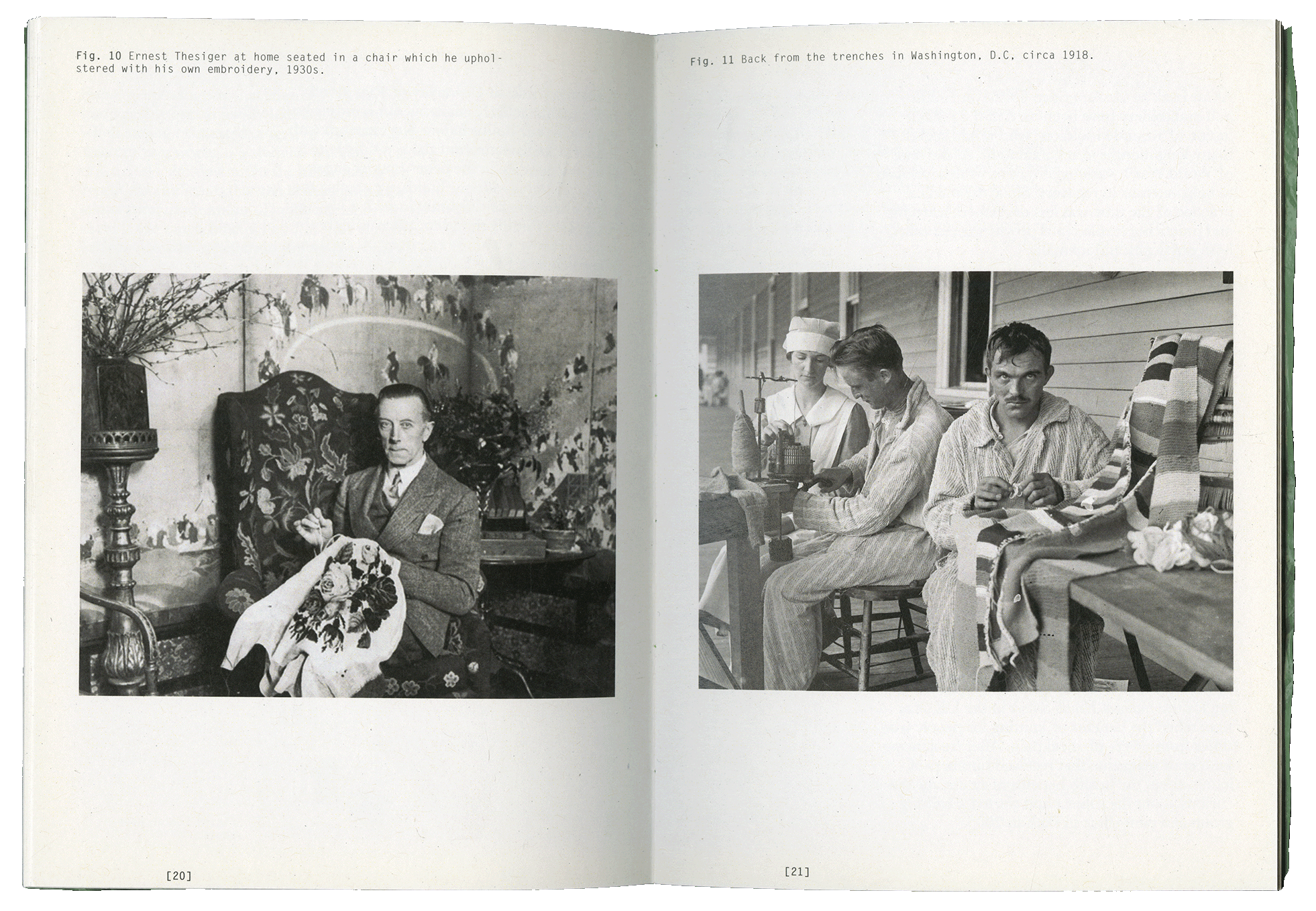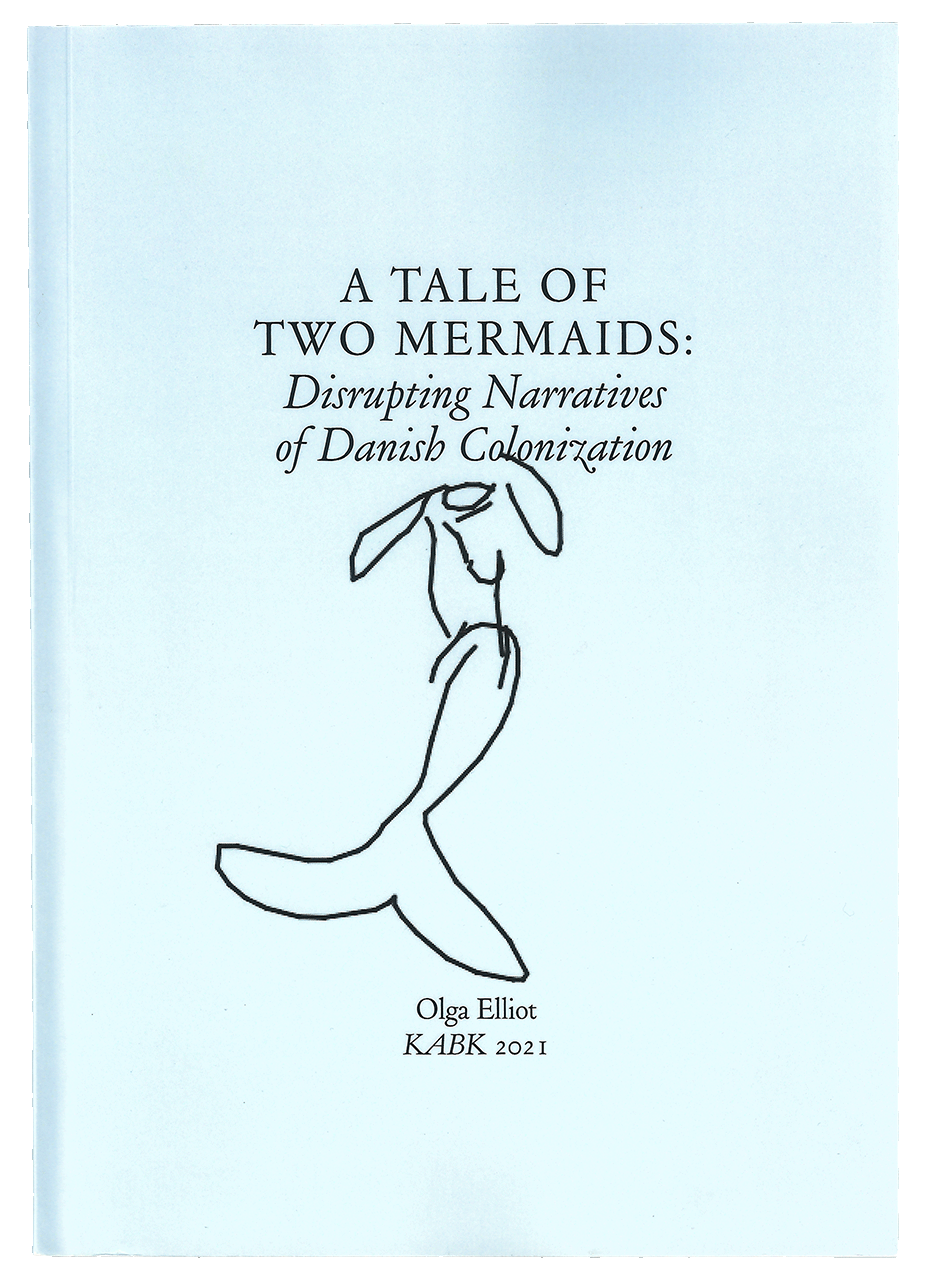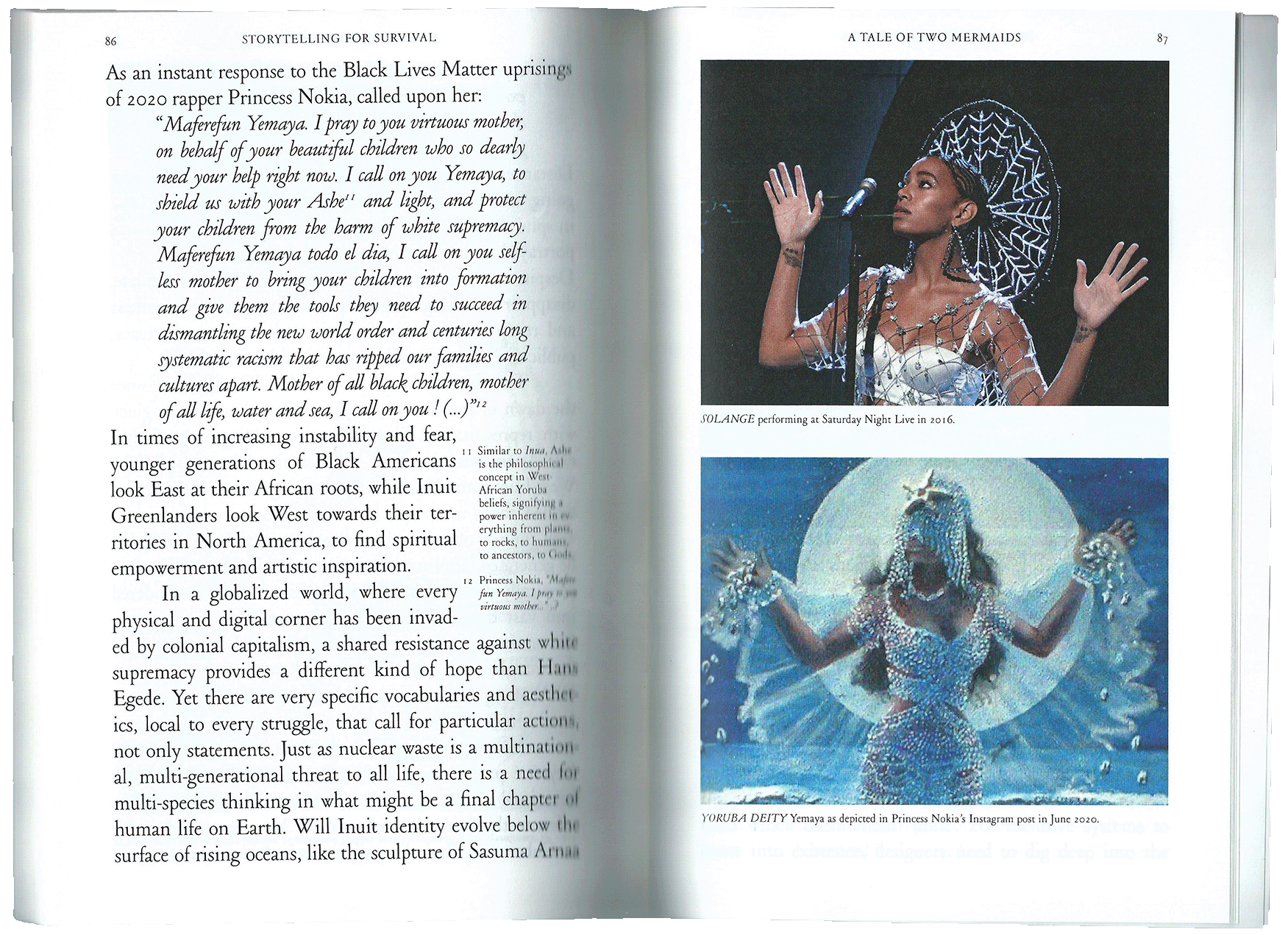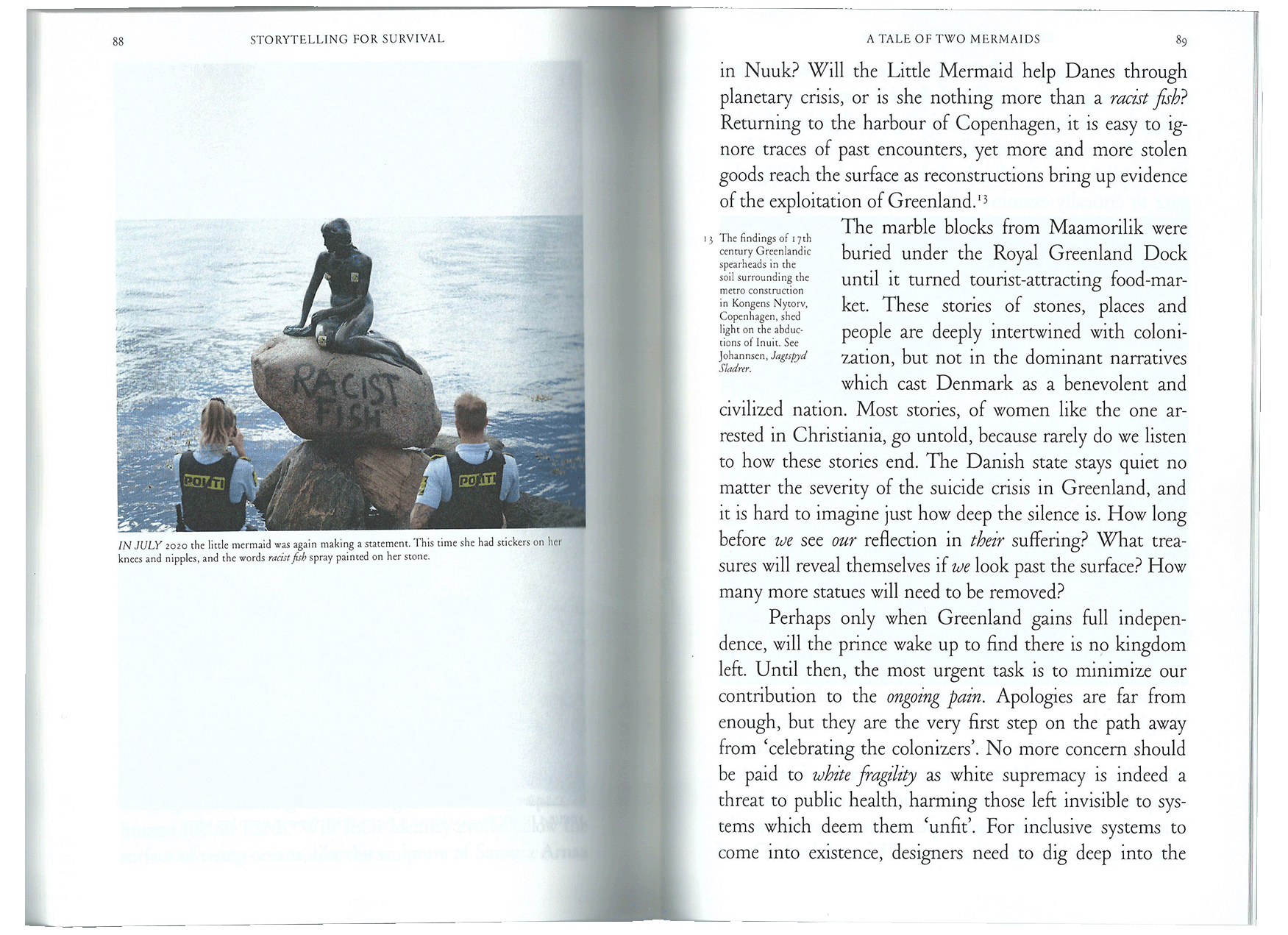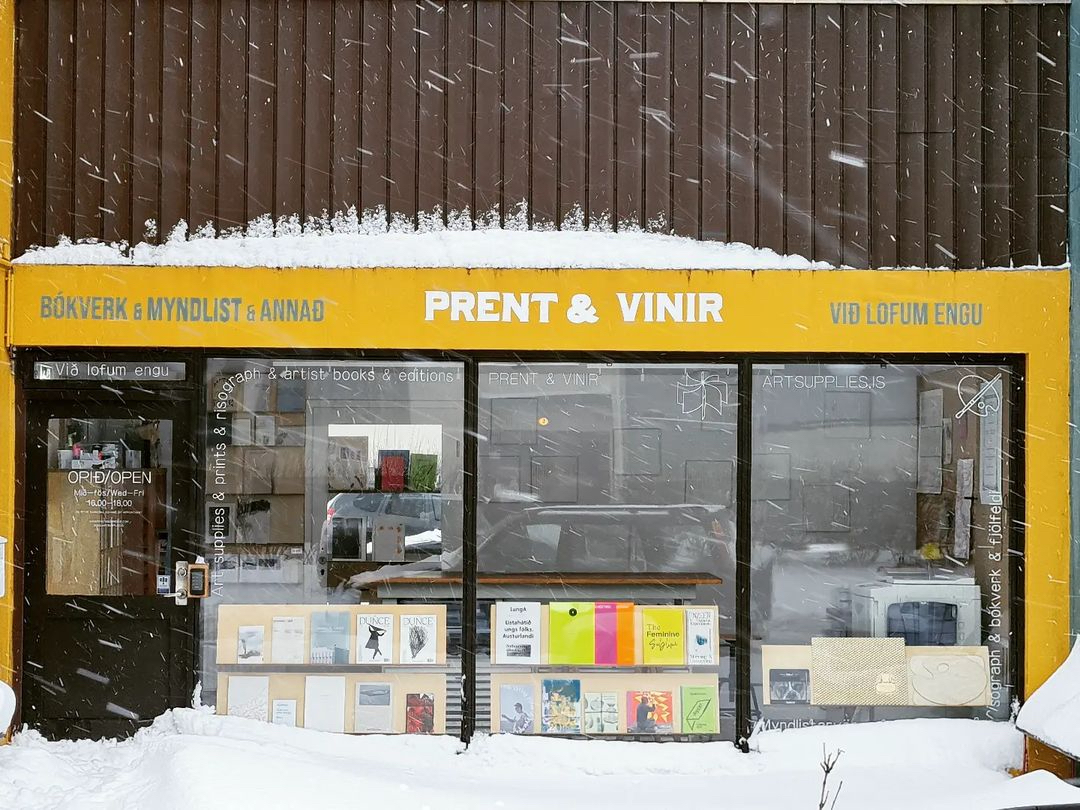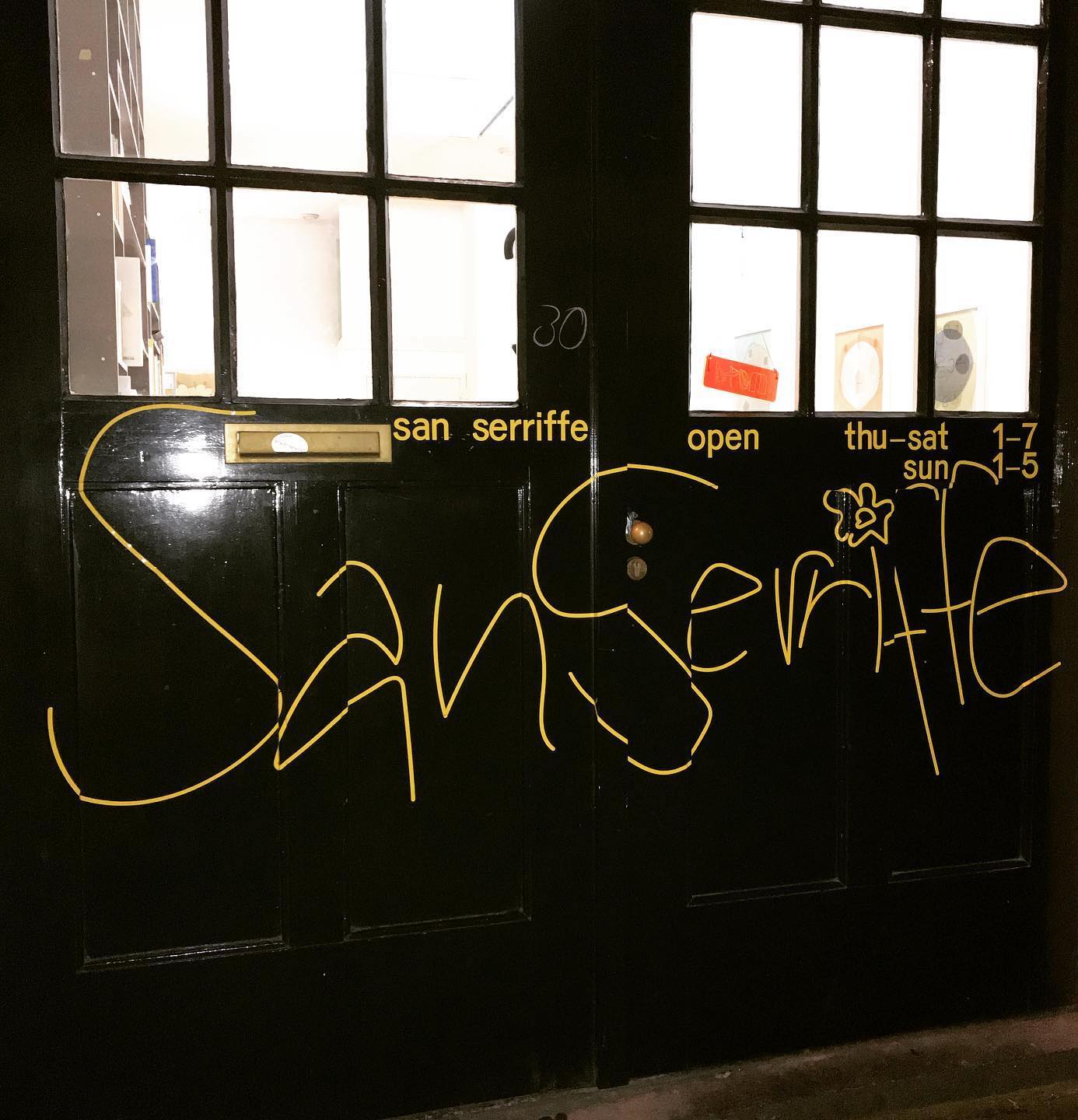1/3 Jólasyningin
A catalogue with interviews, studio visits, recipes of the selected artists and photographers of the 2022 christmas exhibition in Ásmundarsalur.
2/3 Jólasyningin
A catalogue with interviews, studio visits, recipes of the selected artists and photographers of the annual group exhibition in Ásmundarsalur.
1/3 Skynleikar
Visual identity for a group exhibition organised by Ásdís Þula Þorláksdóttir and Björk Hrafnsdóttir curated for blind and visually impaired visitors.
2/3 Skynleikar
Visual identity for a group exhibition organised by Ásdís Þula Þorláksdóttir and Björk Hrafnsdóttir curated for blind and visually impaired visitors.
3/3 Skynleikar
Visual identity for a group exhibition organised by Ásdís Þula Þorláksdóttir and Björk Hrafnsdóttir curated for blind and visually impaired visitors.
1/2 Laumulistasamsteypan
Silk-screen printed poster for the performative event Einnar nætur gaman at Open project space by art collective Laumulistasamsteypan.
2/2 Laumulistasamsteypan
Silk-screen printed poster for the performative event Einnar nætur gaman at Open project space by art collective Laumulistasamsteypan.
1/4 IMMUNE/ÓMÆN
Offset printed catalogue for the Immune/Ómæn project exhibited at the Living Art Museum organised by Bryndís Björnsdóttir.
2/4 IMMUNE/ÓMÆN
Offset printed catalogue for the Immune/Ómæn project exhibited at the Living Art Museum organised by Bryndís Björnsdóttir.
3/4 IMMUNE/ÓMÆN
Offset printed catalogue for the Immune/Ómæn project exhibited at the Living Art Museum organised by Bryndís Björnsdóttir.
4/4 IMMUNE/ÓMÆN
Offset printed catalogue for the Immune/Ómæn project exhibited at the Living Art Museum organised by Bryndís Björnsdóttir.
1/2 Góðan daginn gosbrunnur
Riso-printed artist book with fountain sculptures by Sigurrós G. Björnsdóttir and Árni Jónsson and poems and stories by Baldvin Einarsson.
2/2 Góðan daginn gosbrunnur
Riso-printed artist book with fountain sculptures by Sigurrós G. Björnsdóttir and Árni Jónsson and poems and stories by Baldvin Einarsson.
1/4 Svona eru jólin
Offset printed exhibition catalogue with works from the 170 artists of the Christmas show at Ásmundarsalur organised by Prent & vinir.
2/4 Svona eru jólin
Offset printed exhibition catalogue with works from the 170 artists of the Christmas show at Ásmundarsalur organised by Prent & vinir.
3/4 Svona eru jólin
Offset printed exhibition catalogue with works from the 170 artists of the Christmas show at Ásmundarsalur organised by Prent & vinir.
4/4 Svona eru jólin
Offset printed exhibition catalogue with works from the 170 artists of the Christmas show at Ásmundarsalur organised by Prent & vinir.
1/3 Dunce Magazine II
Magazine and poster for ‘Scores and Sketches’ the second edition of Dunce Magazine designed with Helga Dögg Ólafsdóttir and Katla Taylor.
2/3 Dunce Magazine II
Magazine and poster for ‘Scores and Sketches’ the second edition of Dunce Magazine designed with Helga Dögg Ólafsdóttir and Katla Taylor.
3/3 Dunce Magazine II
Magazine and poster for ‘Scores and Sketches’ the second edition of Dunce Magazine designed with Helga Dögg Ólafsdóttir and Katla Taylor.
1/1 Student books
Posters for the retro-spective exhibition of student publications from the Iceland University of Arts as part of Reykjavik Art Book Fair 2021.
1/3 Sólin
Visual identity and web-design for the climate campaign by the Icelandic Youth Environmentalist Association for the 2021 Icelandic Parliamentary elections.
2/3 Sólin
Visual identity and web-design for the climate campaign by the Icelandic Youth Environmentalist Association for the 2021 Icelandic Parliamentary elections.
3/3 Sólin
Visual identity and web-design for the climate campaign by the Icelandic Youth Environmentalist Association for the 2021 Icelandic Parliamentary elections.
1/4 Once Upon a Paper
Self-published research project connecting visual tropes from colonial maps with visual essays and conversations with artists working with archives.
2/4 Once Upon a Paper
Self-published research project connecting visual tropes from colonial maps with visual essays and conversations with artists working with archives.
3/4 Once Upon a Paper
Self-published research project connecting visual tropes from colonial maps with visual essays and conversations with artists working with archives.
1/3 Longing for Now
Design and editing of the thesis by Max Willebrand Westin on the impact of crafting on mental health. Cover is letter-pressed gold on plastic bag.
2/3 Longing for Now
Design and editing of the thesis by Max Willebrand Westin on the impact of crafting on mental health. Cover is letter-pressed gold on plastic bag.
3/3 Longing for Now
Design and editing of the thesis by Max Willebrand Westin on the impact of crafting on mental health. Cover is letter-pressed gold on plastic bag.
1/5 A Tale of Two Mermaids
Website and publication. Thesis supervision by Füsun Türetken.
2/5 A Tale of Two Mermaids
Website and publication. Thesis supervision by Füsun Türetken.
3/5 A Tale of Two Mermaids
Website and publication. Thesis supervision by Füsun Türetken.
4/5 A Tale of Two Mermaids
Website and publication. Thesis supervision by Füsun Türetken.
1/1 Shop fronts
Window stickers for art book stores Print & Friends (Reykjavik) and San Serriffe (Amsterdam).
